About 76 miles south of Farmington, NM, is the UNESCO World Heritage Site, Chaco Culture National Historic Park. That includes about 20 miles on gravel roads…around 10 miles of that are a little rough. I would not want to drive it in a passenger vehicle in bad weather.
As always, our first stop was the Visitor Center where we saw the exhibits and picked up a map of the park.
Chaco Canyon, located in a high desert valley, was a hub for regional cultures. Building on a large scale began here in the mid-800s and it became the ceremonial, administrative and economic center for Ancestral Puebloans by the 1100s. Multi-storied stone buildings (great houses) were built with hundreds of rooms.
Unique masonry techniques were employed that can still be seen today. Extensive excavations have occurred, but there are some areas that remain untouched and/or buried.
From the early 900s to the mid-1100s, this was a far-reaching trade center. Seashells, macaws, copper bells, chocolate, and more indicated that there was trade with those along the Pacific Coast, Mexico and Central America. Raw turquoise was imported from far-away mines, but it was here that it was crafted into exquisite jewelry. Great quantities of turquoise were found during excavation. Models of the major great house are on display. The one shown below is Pueblo Bonito.
Most of the pottery here was made elsewhere. Many cylinder jars (165) were found at Pueblo Bonito. Evidence of chocolate residue in them suggests they were used for ceremonial events. Views of the canyon can be enjoyed from inside the Visitor Center (especially on hot days)!
Many southwestern Native American tribes are descendants of those who lived here a thousand years ago. Each is represented in this display. I love that the National Park System protects, respects and honors Native American cultures while educating everyone about their rich history.
We hopped in the car to drive the nine-mile Canyon Loop Road to see some of the historic sites.
The rock formations in the canyon are impressive. This was right outside the Visitor Center.
A short trail from the parking lot leads to an unexcavated great house (Una Vida) and petroglyph panel. Pets are not permitted on the trail (and our girl, Sadie, was with us), so we skipped it. Here is a photo of it from the road.
Our next stop was the Hungo Pavi great house. Easily accessible from the parking area, we left the windows down in the car with water for Sadie while we checked it out.
Stone tools were used to construct buildings and their techniques evolved over the years. To support higher walls, the rubble cores were widened, stone veneers, and internal wood supports were used.
An extended network of roads (400+ miles) linked Chaco Canyon to outlying communities. They were carefully planned, built, and maintained. Behind Hungo Pavi is an ancient stairway carved into the cliff.
We had purchased a trail guide for Pueblo Bonito, our next stop, at the Visitor Center. The .75-mile trail through the pueblo has numbered signs that correlate to descriptions in the booklet. It is the most thoroughly investigated and celebrated cultural site in the Chaco Culture. For 300+ years, the Chacoan culture united many diverse people. And the fine architecture seen here is characteristic of that seen throughout the Chacoan world (Four Corners region). Structures were frequently oriented to solar, lunar, and cardinal directions and included sophisticated water control and communication features.
The pueblo is near the cliffs of the canyon, and in 1941, enormous blocks of sandstone (named Threatening Rock) collapsed and crushed about 30 previously excavated rooms. It weighed an estimated 30,000 tons! A supporting masonry terrace had been built between 1040-1050 AD beneath the rock that supported it (for almost 1,000 years). Also shown is another portion of the cliff that will eventually fall, too.
Only a portion of Pueblo Bonito has been excavated. It was 4-5 stories high with 600 rooms, and dozens of kivas (circular structures) You can see the two large plazas in the second photo.
Continuing along the trail are more rooms and kivas that opened onto the plazas. The great kiva here is centrally located and could be accessed from the plaza. Used for religious worship, dance, prayer vigils, and public gatherings, it could accommodate hundreds of people. All of the kivas had wooden posts (or masonry pillars) to support the roof. There were four great kivas at Pueblo Bonito.
The smaller kivas were of similar design by had a hatchway in the center of the flat roof for venting smoke and a ladder (for people to enter and exit the kiva).
There are multiple door types in the architecture here: small doors with high sills, large doors with low sills, corner doorways (uncommon), and T-shaped doors. Can you identify the four types?
Dendrochronology (tree-ring dating) has been used to determine the dates these structures were built. Some original timbers can still be seen. It is estimated that more than 240,000 timbers were brought to Chaco Canyon from distant mountain ranges for the construction of the great houses and kivas.
Continuing on the loop road, we next stopped at nearby Pueblo del Arroyo. The “core and veneer” walls are clearly visible here along with T-shaped doors.
Other great houses are located in this area and can be reached by trail. Since dogs were not permitted on the trails, we did not hike to them. Leashed pets are, however, allowed on backcountry trails. No camping or fires are permitted here and access to the pueblos closes between sunset and 7 am.
On the south side of the canyon is the Casa Rinconada community. The largest (excavated) kiva in in Chaco Canyon is located here, indicating that it was used for important ceremonies. It could accommodate hundreds of people.
Various trails lead to about a dozen “small house sites” located near the huge kiva.
Several backcountry trails can be accessed from this area. Permits are required (free) and can be picked up at the Visitor Center.
Another staircase, carved into the cliff, can be seen nearby. Can you imagine the amount of labor to build these using stone tools? Incredible!
Fajada Butte is a prominent landmark in the canyon. The Sun Dagger site has been discovered on top of it. Sunlight passes between three boulder slabs onto a spiral petroglyph that marks the position of the sun on summer solstice, winter solstice, and the equinoxes.
This place has been on my bucket list for quite a while, so I was thrilled to visit Chaco Canyon. If you love history as much as we do, you will love this place. Because of its remote location, there is a great Night Sky program here. Check their website for details.
The entrance fee is $15/vehicle for a 7-day pass. Of course, our Senior Pass gets us in for free. For additional information about the park, go to www.nps.gov/chcu.
The entrance fee is $15/vehicle for a 7-day pass. Of course, our Senior Pass gets us in for free. For additional information about the park, go to www.nps.gov/chcu.
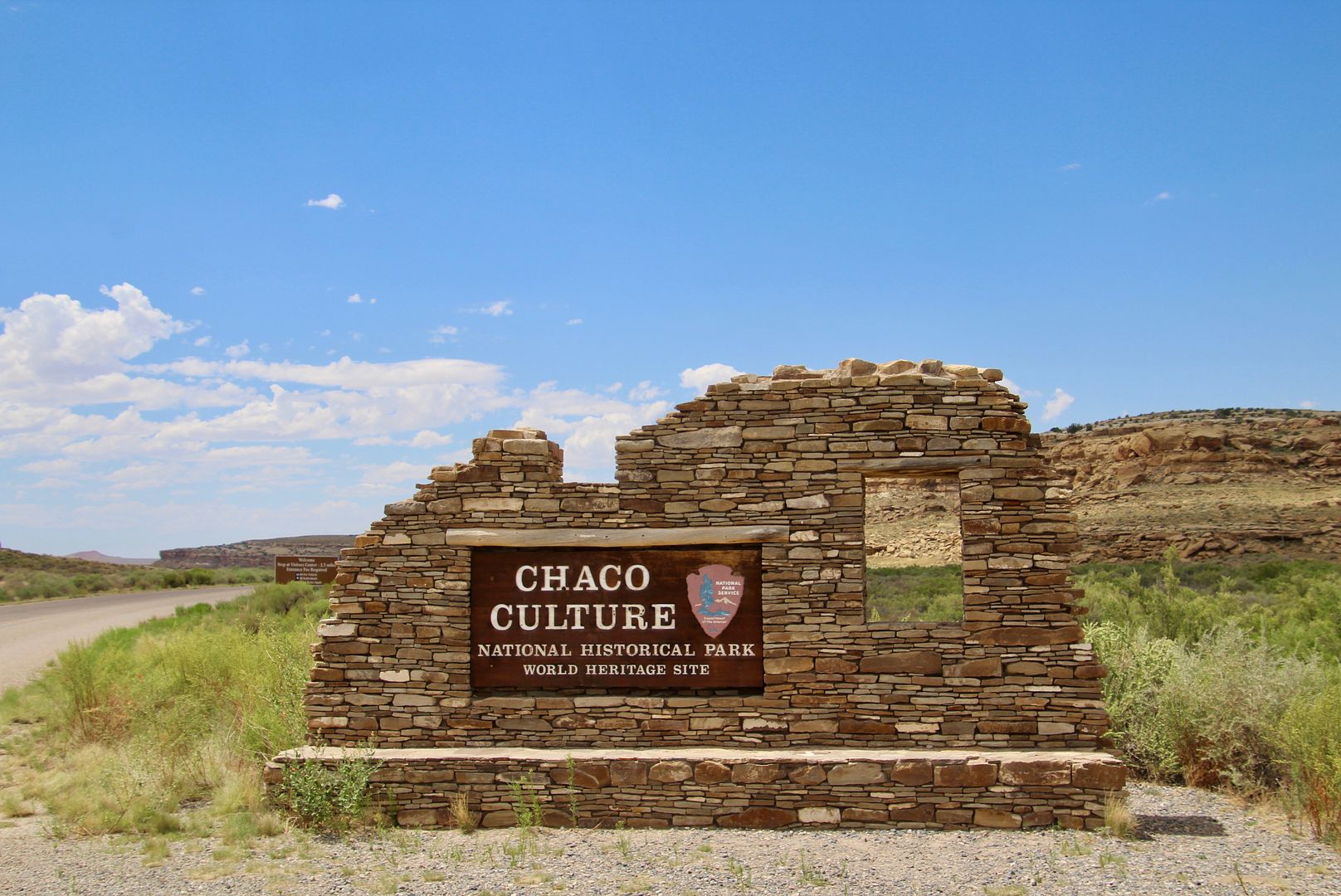
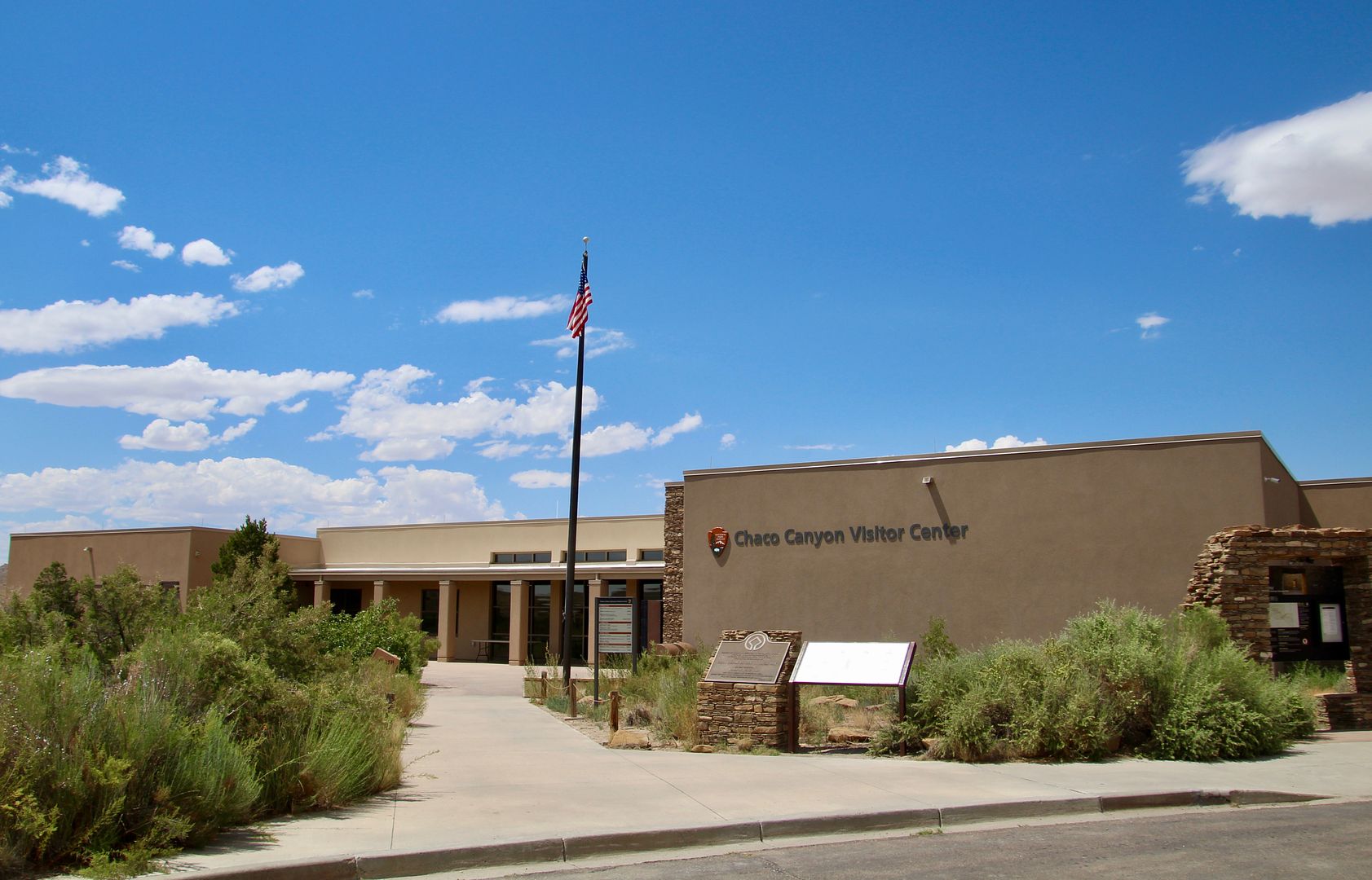

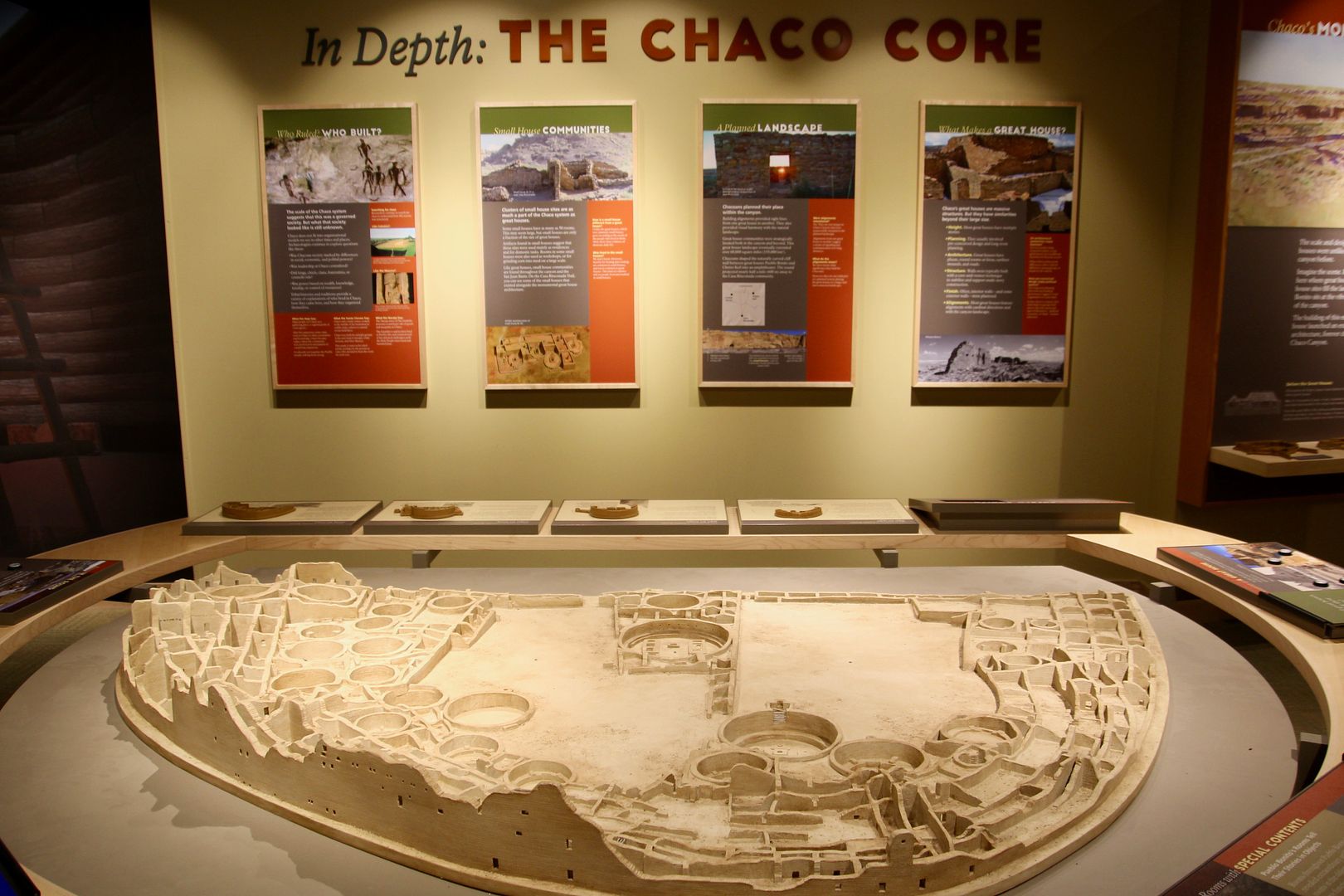
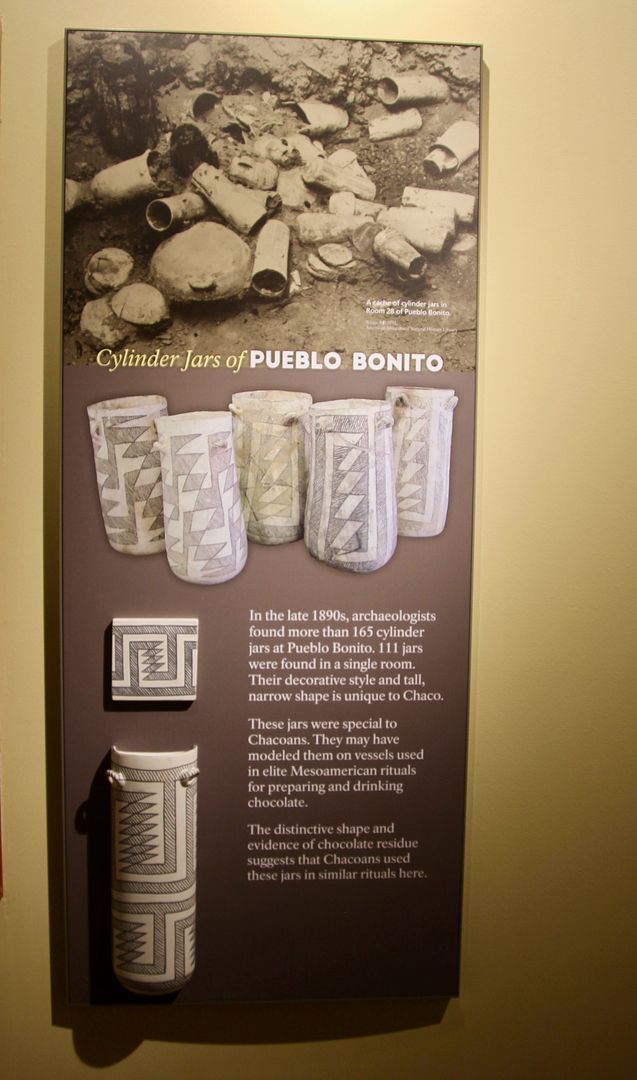



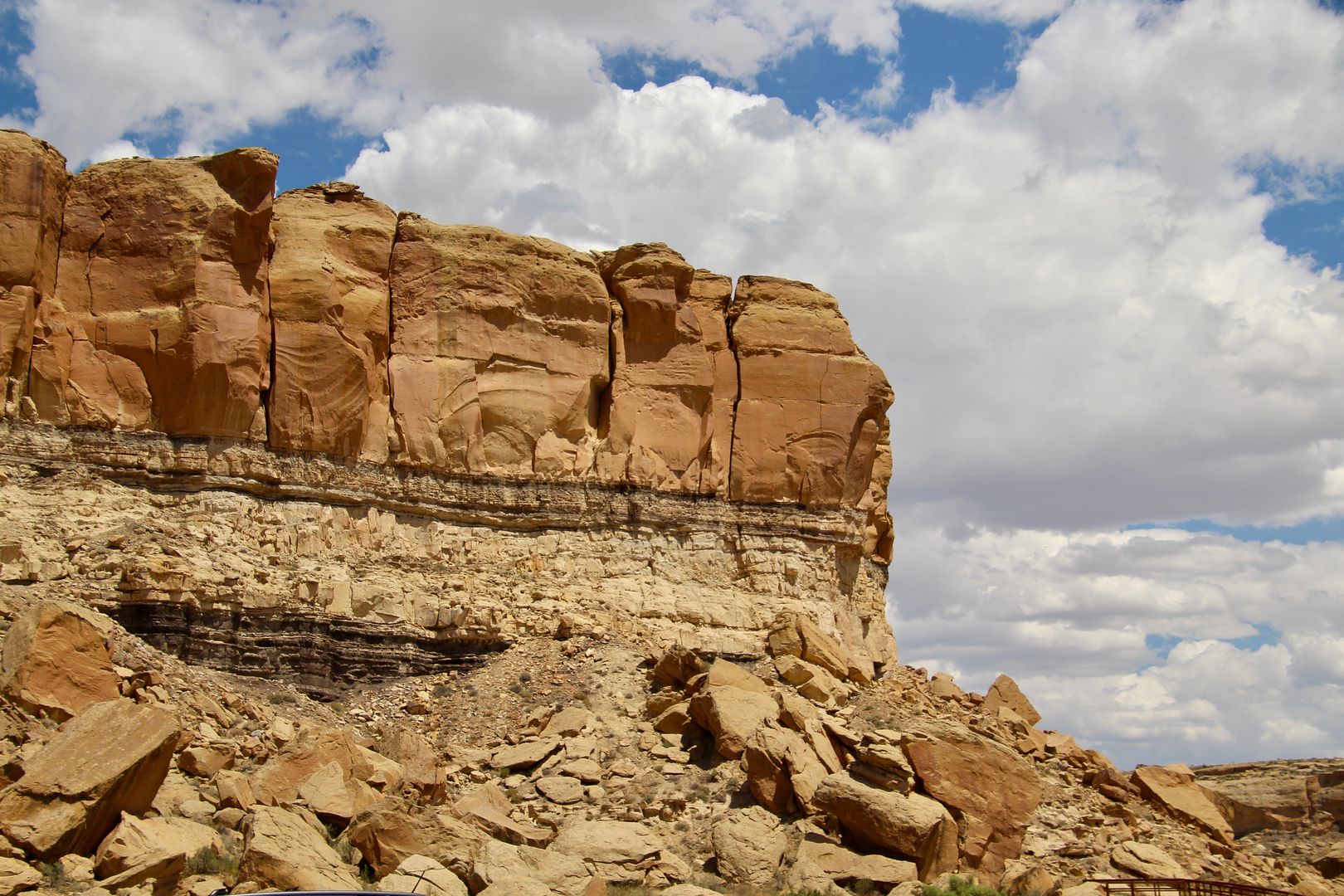
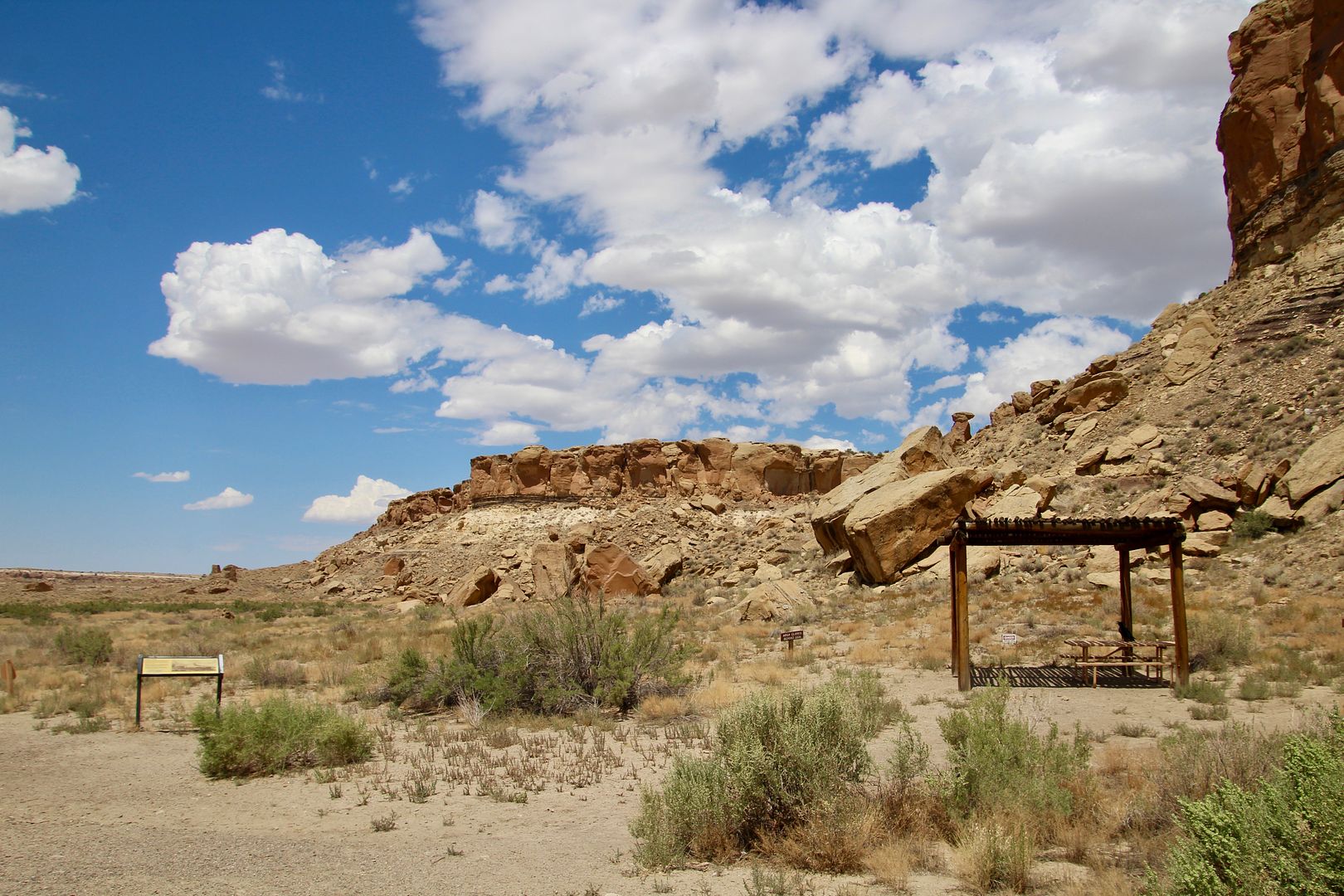
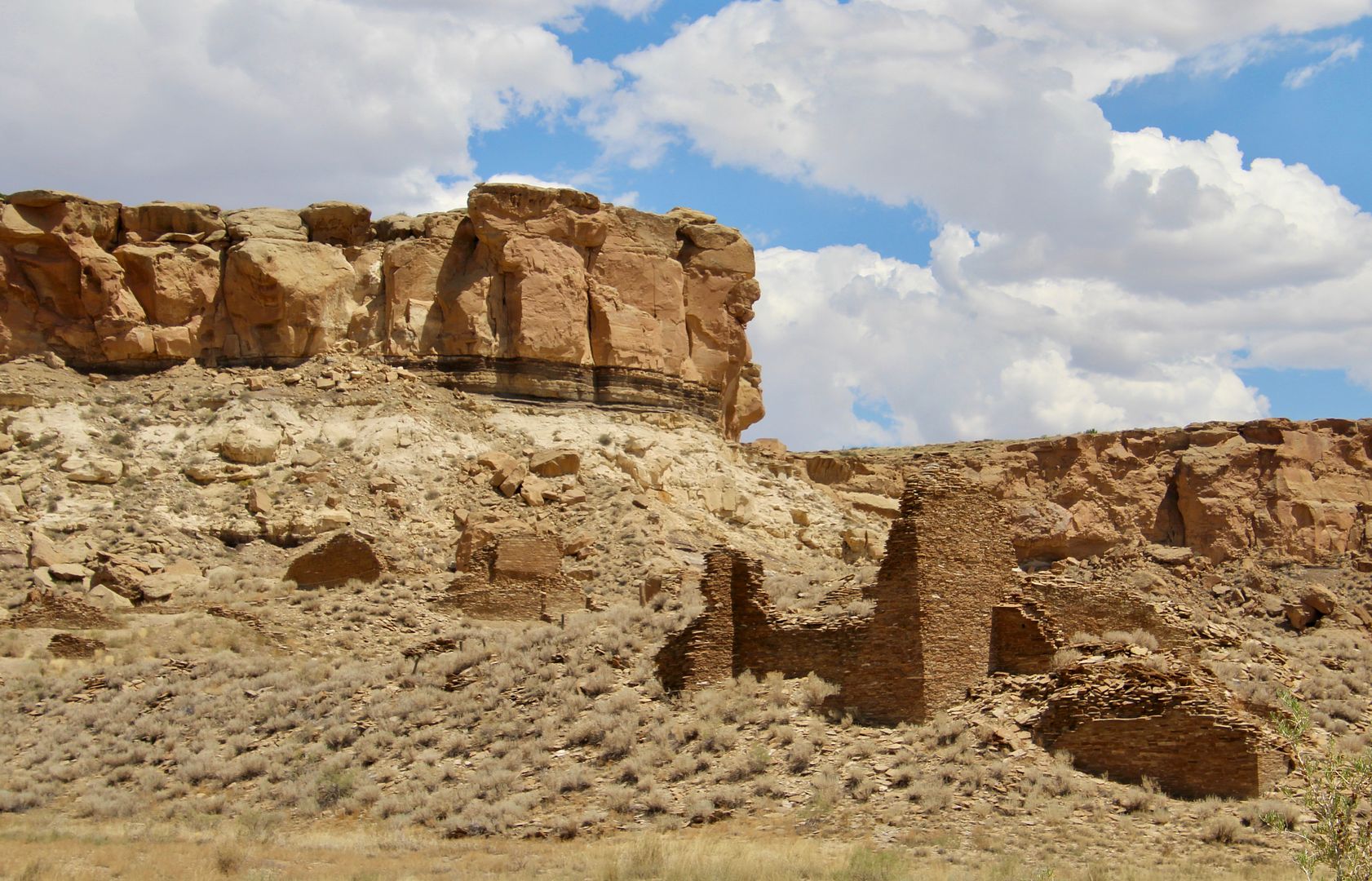
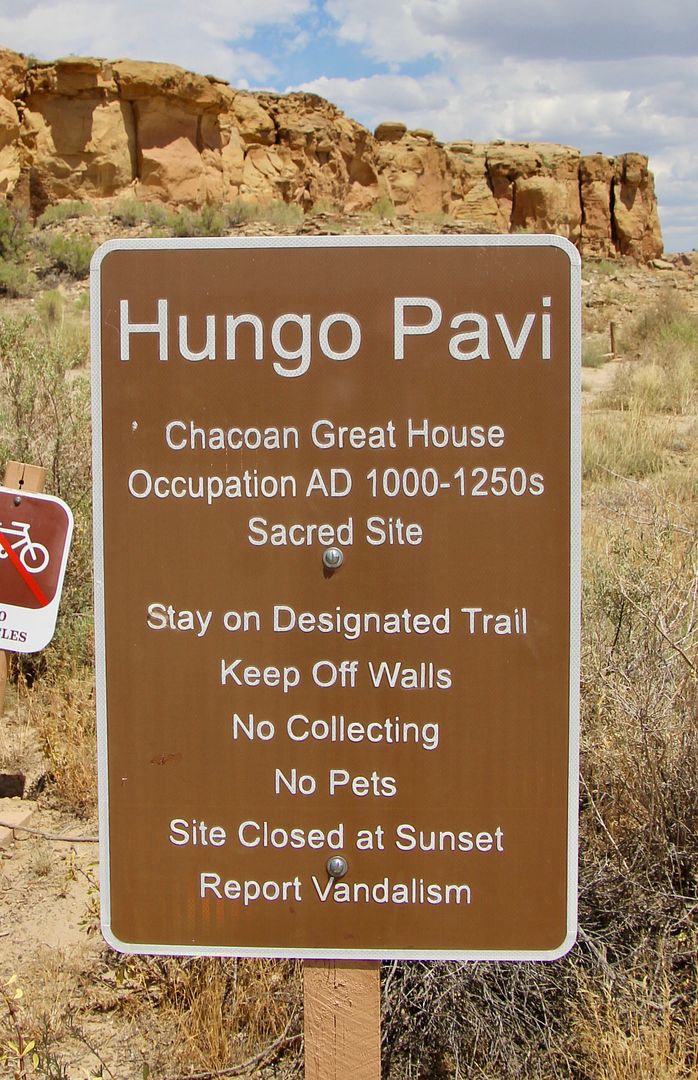
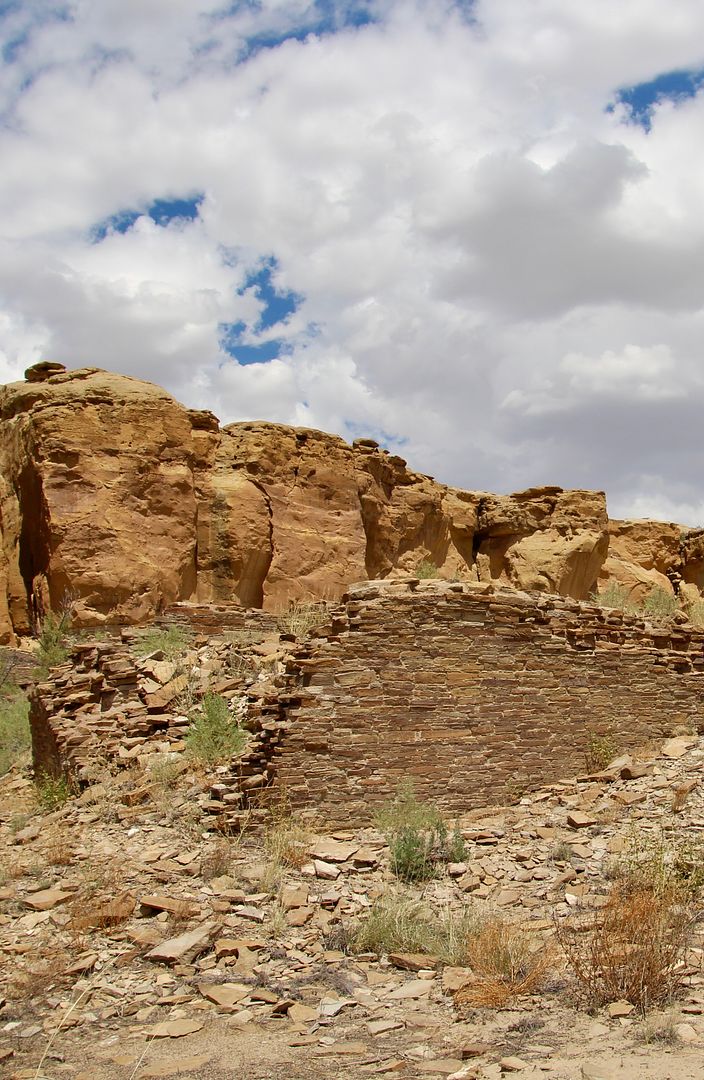
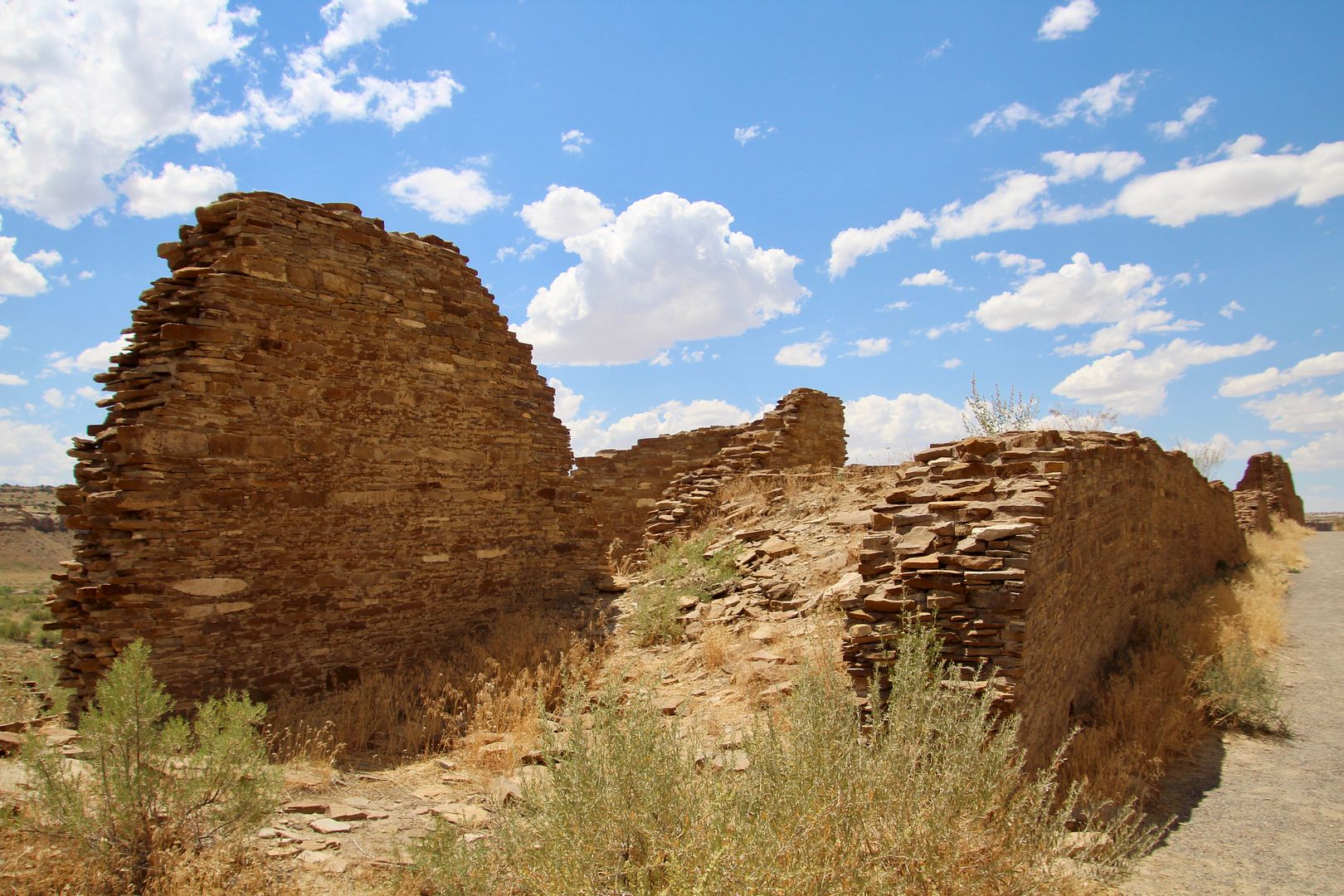
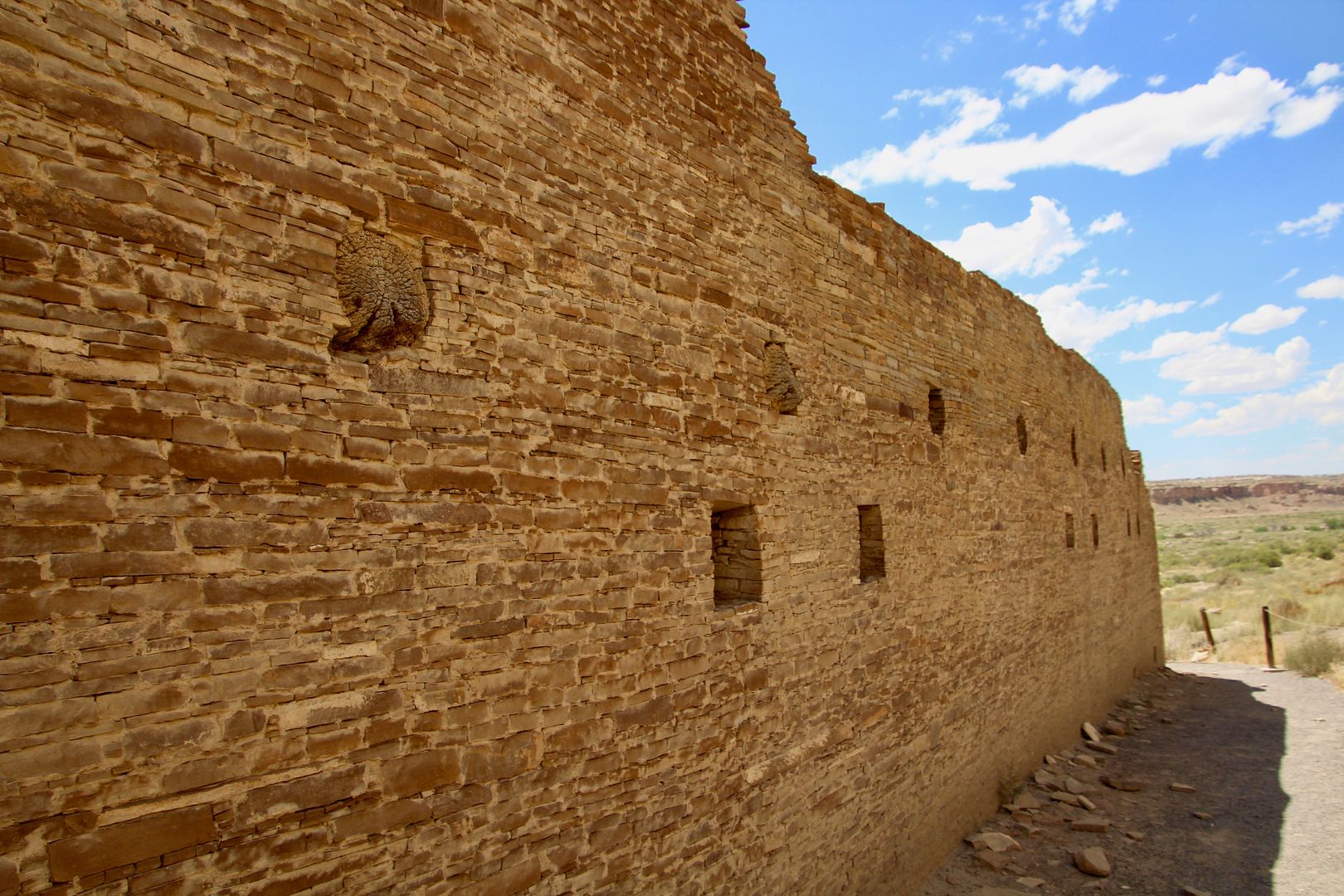
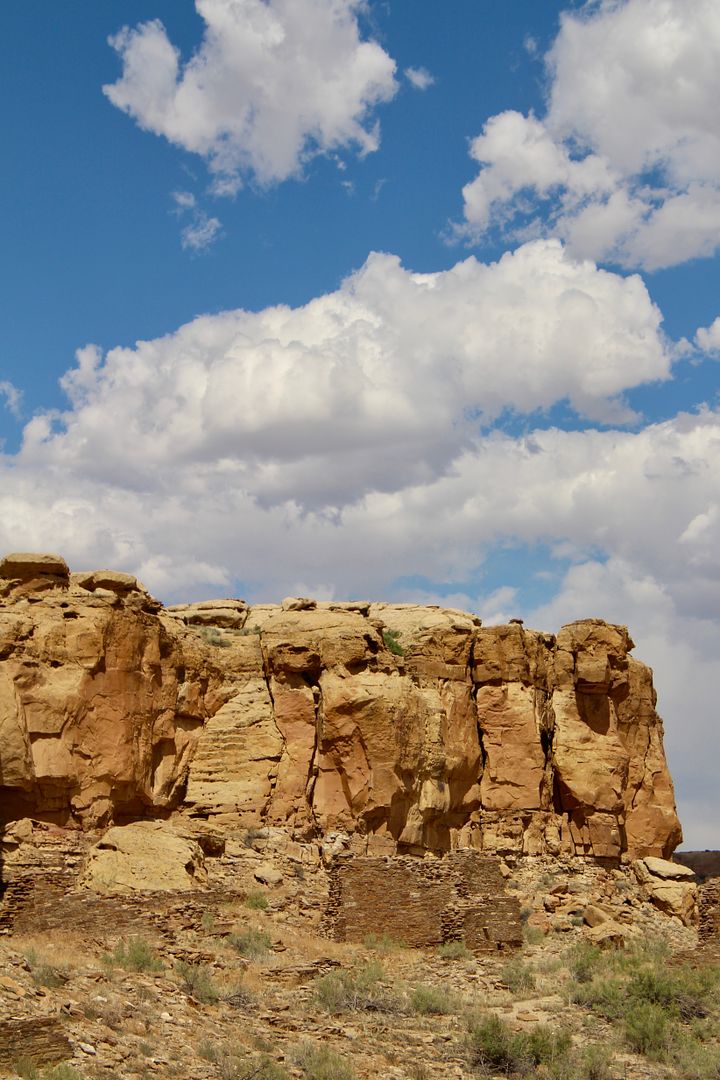

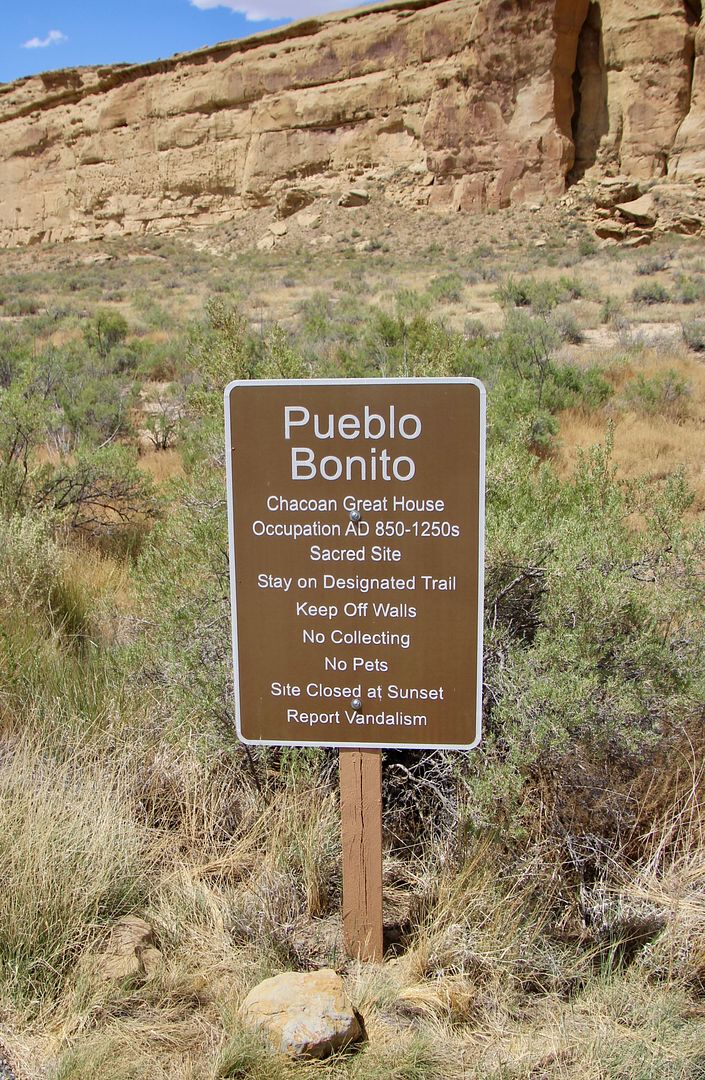
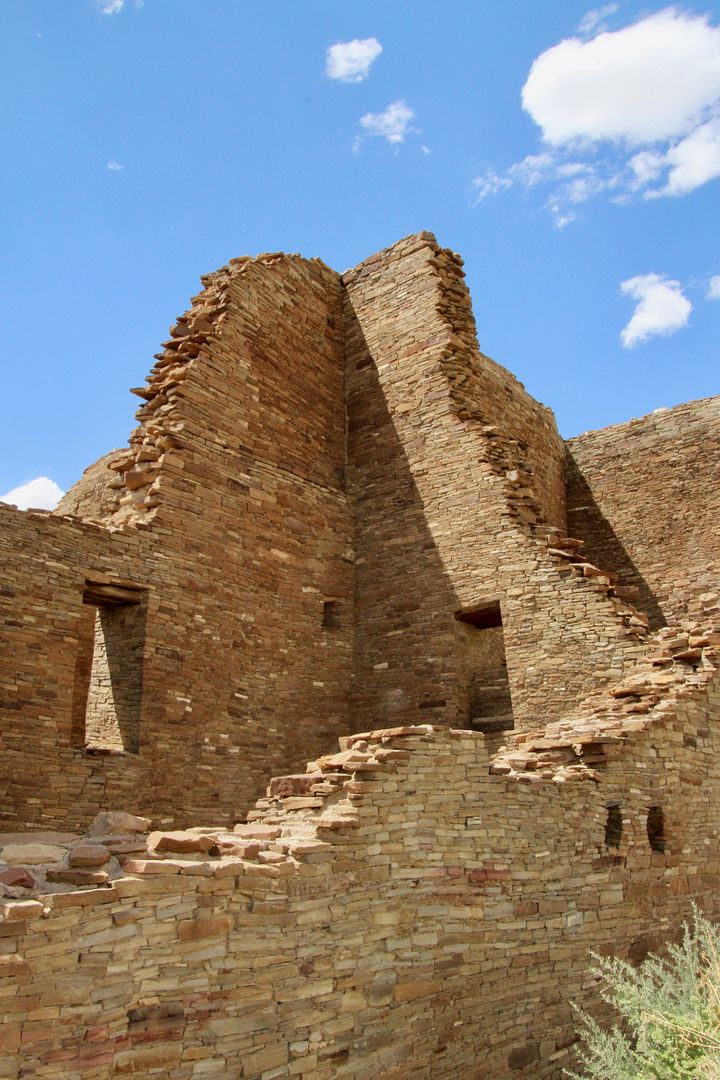

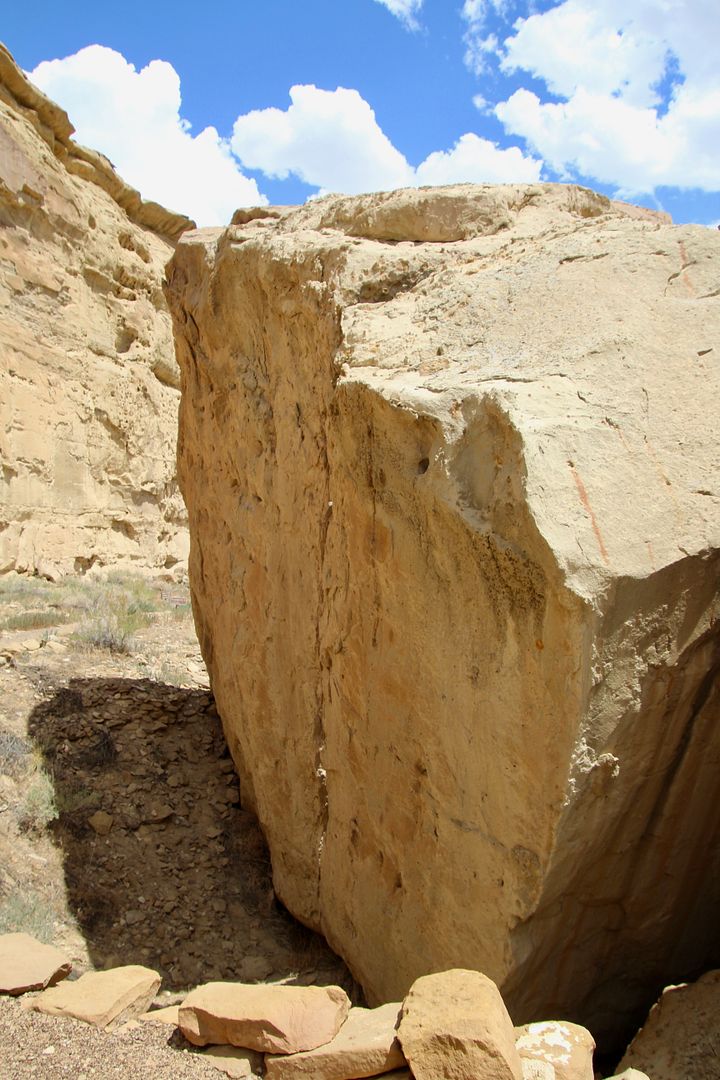
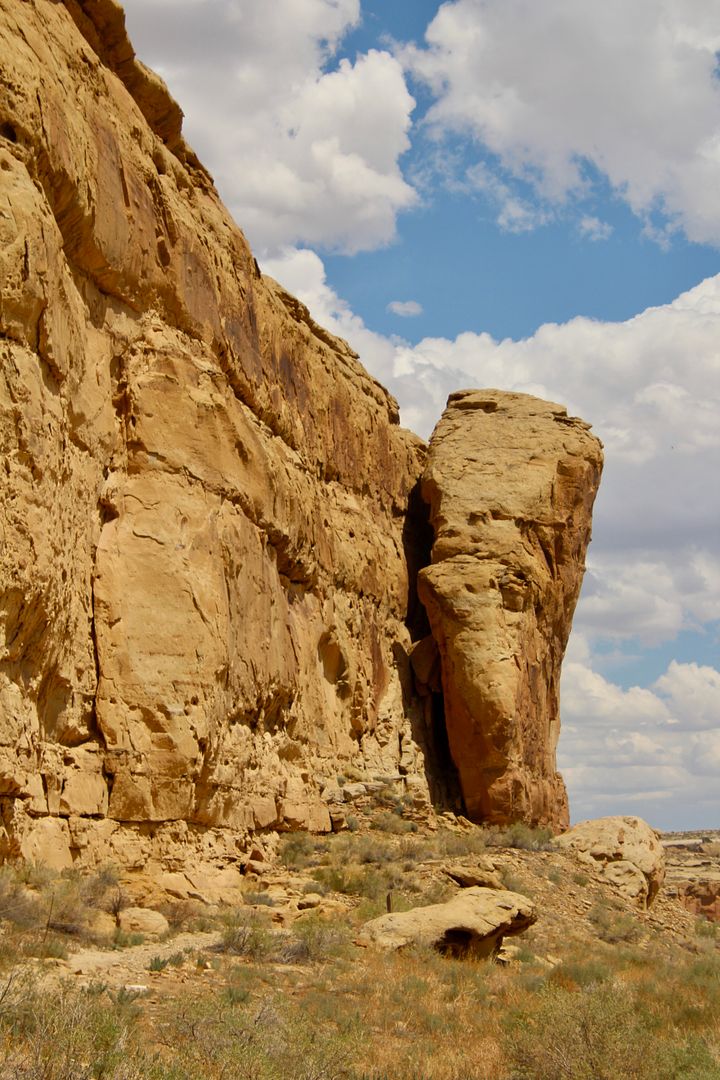
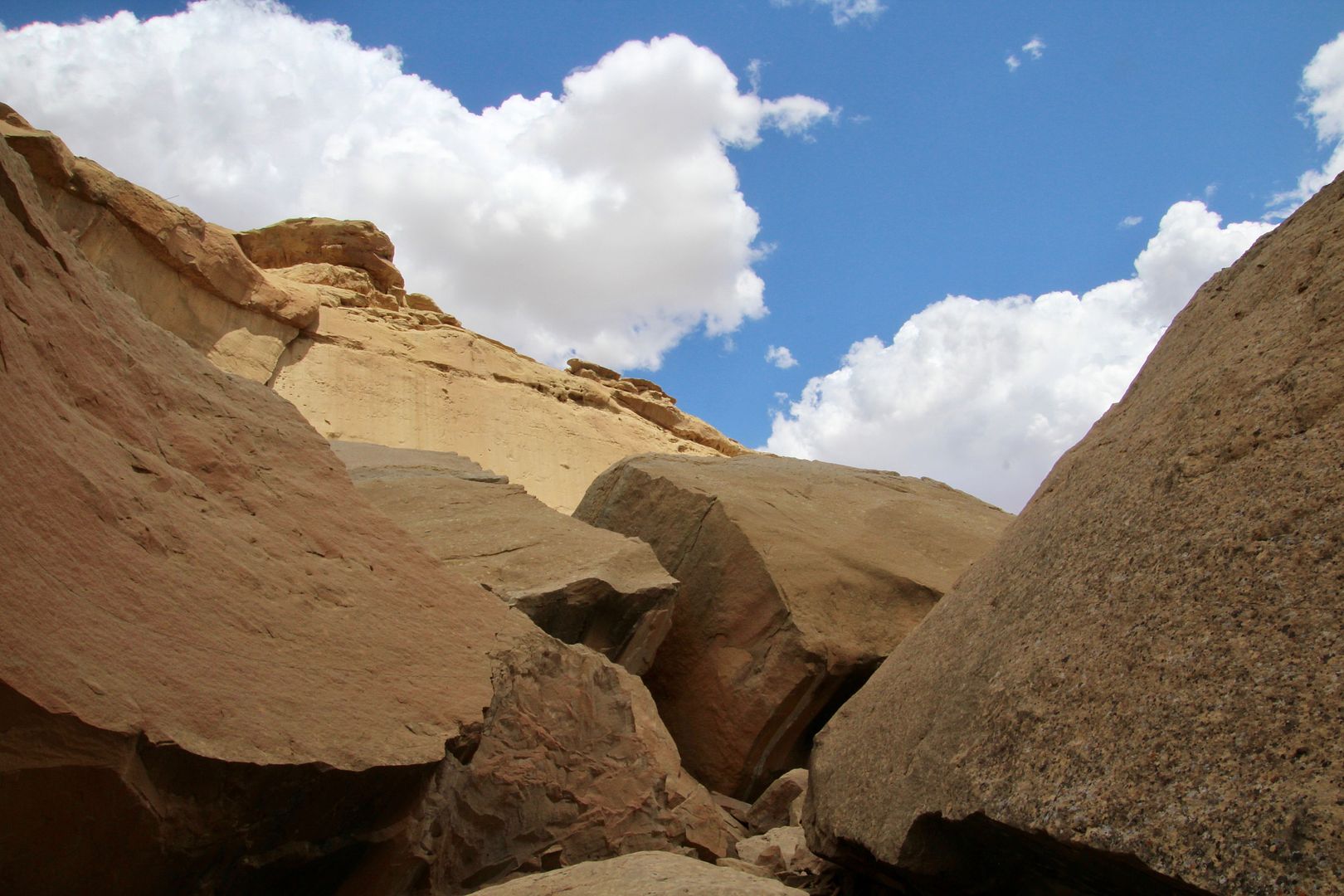
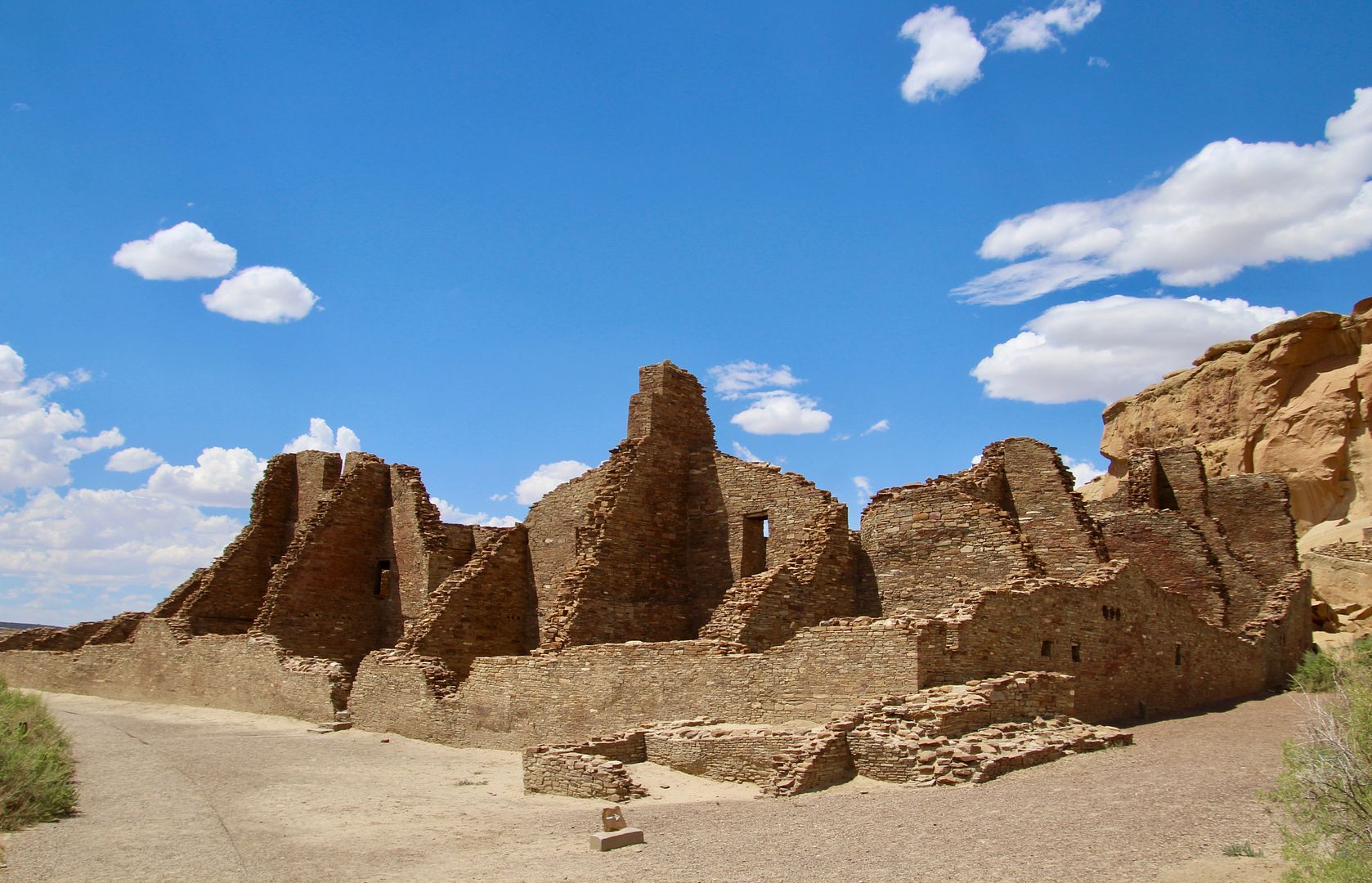
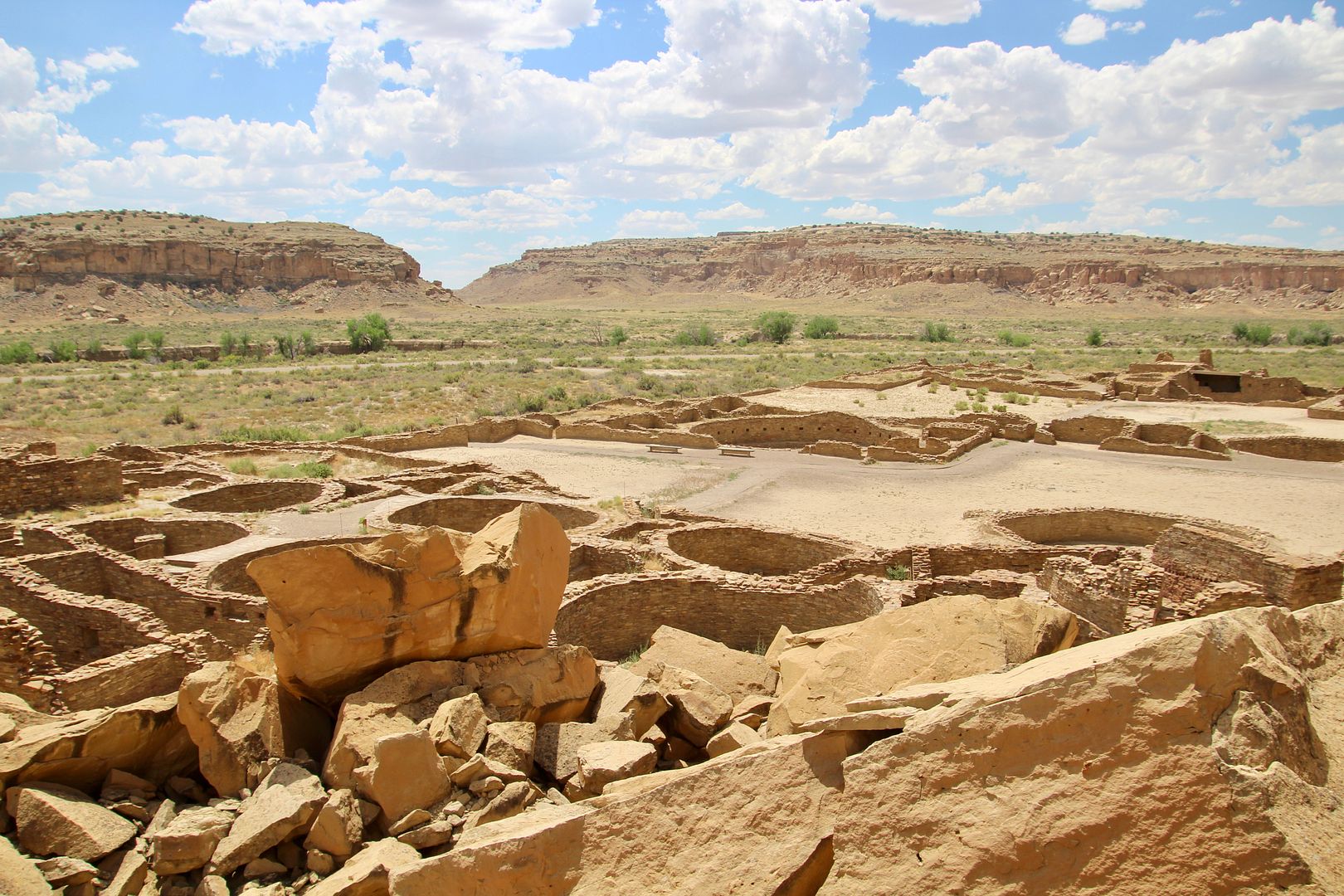
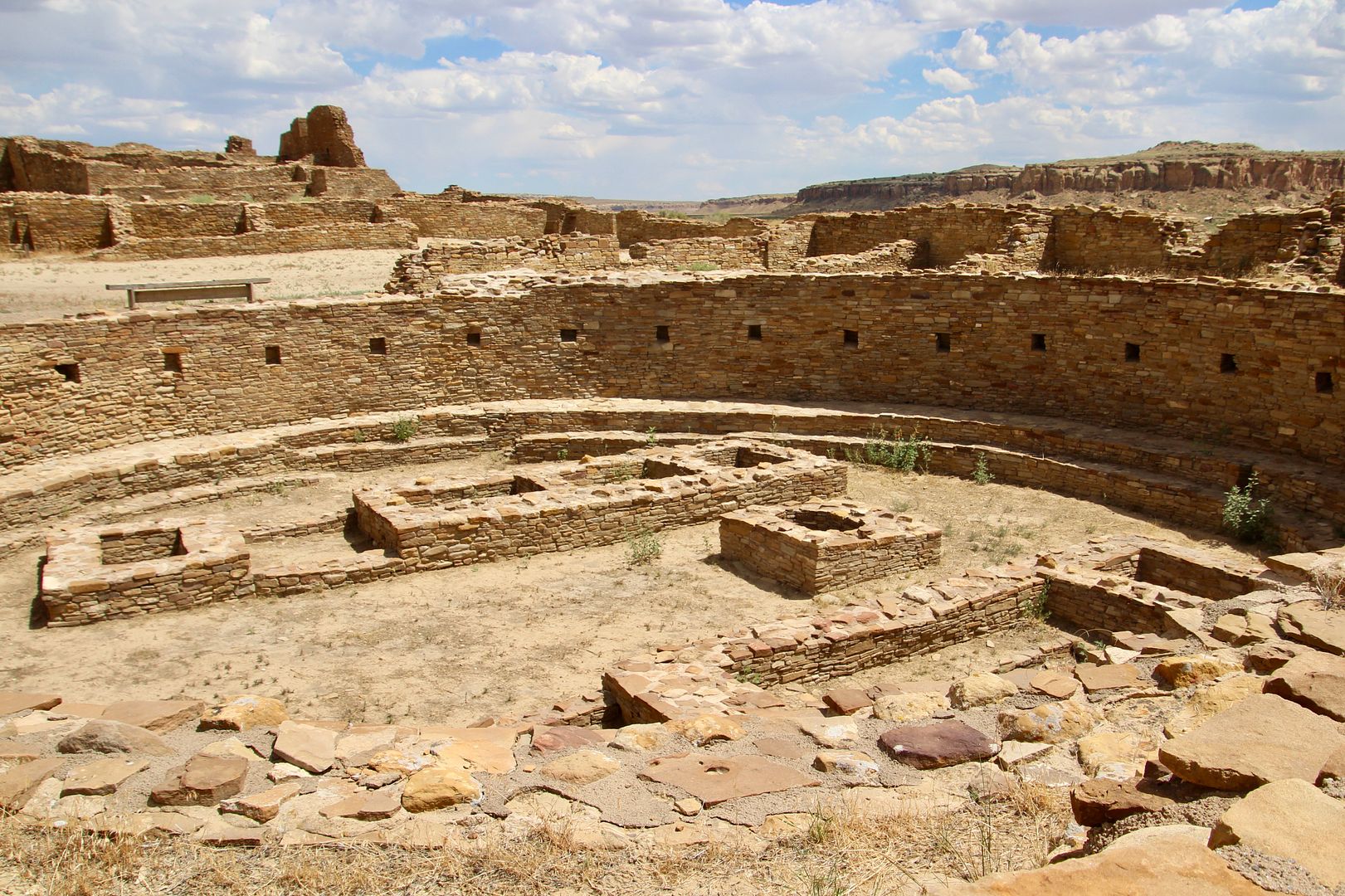
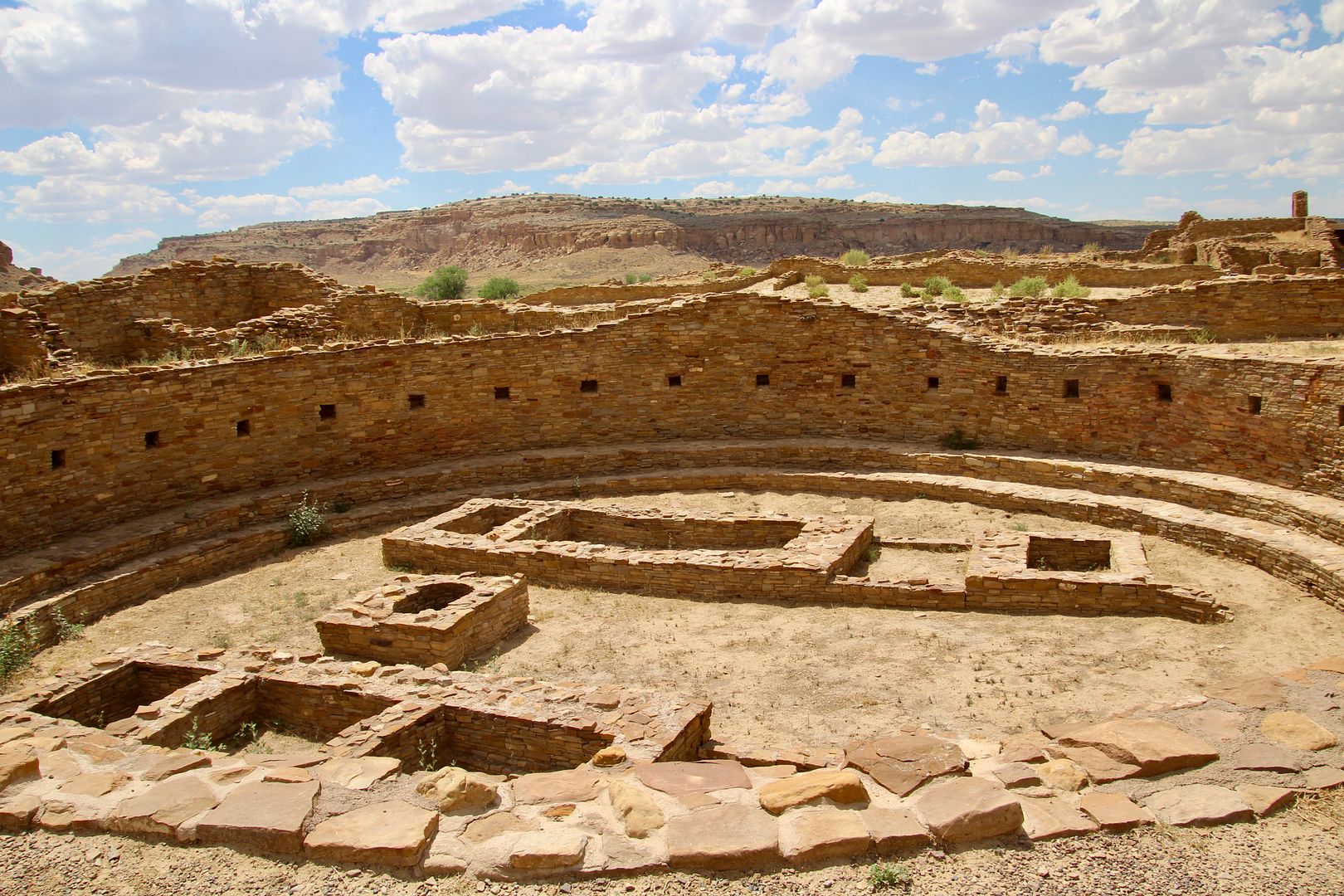

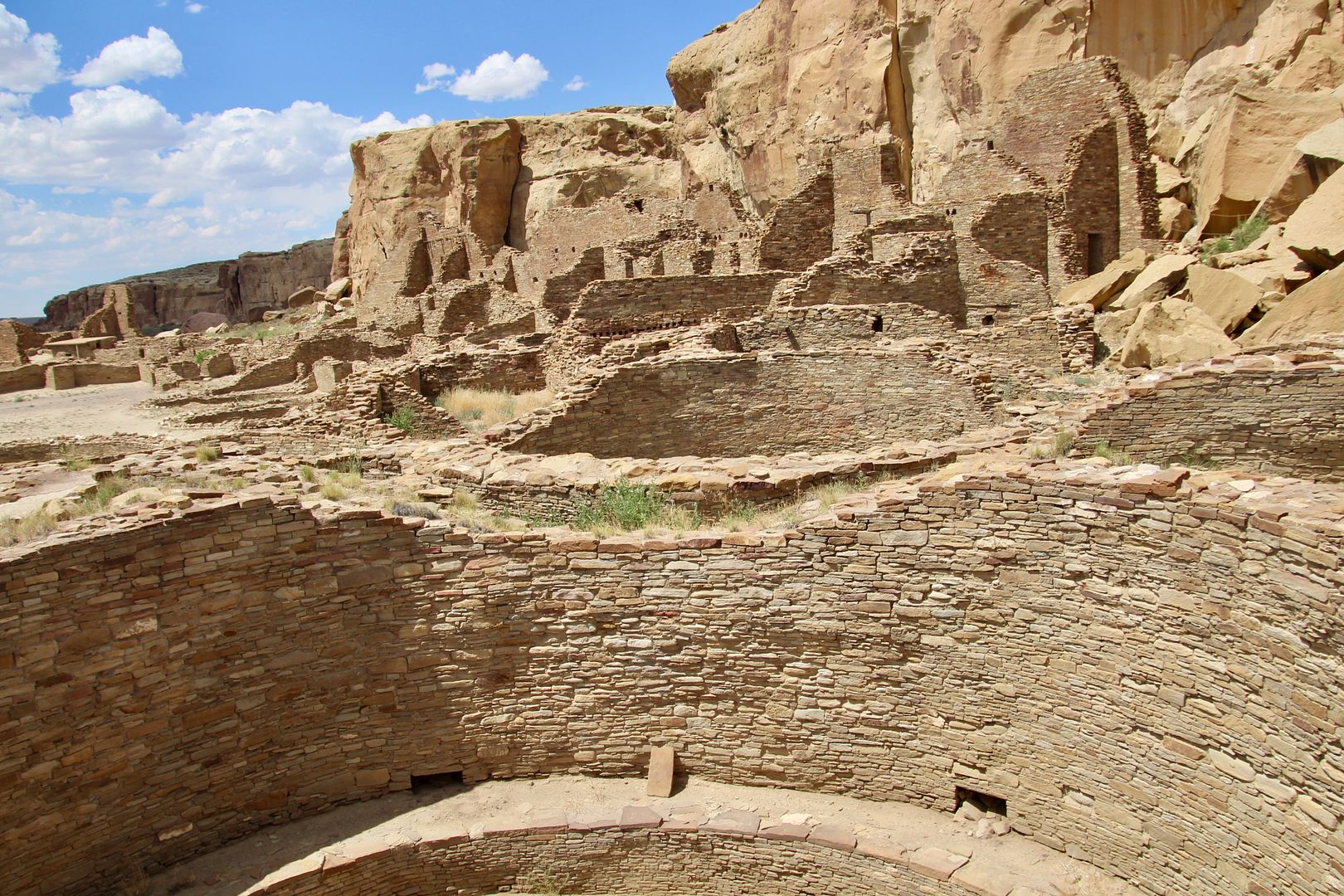
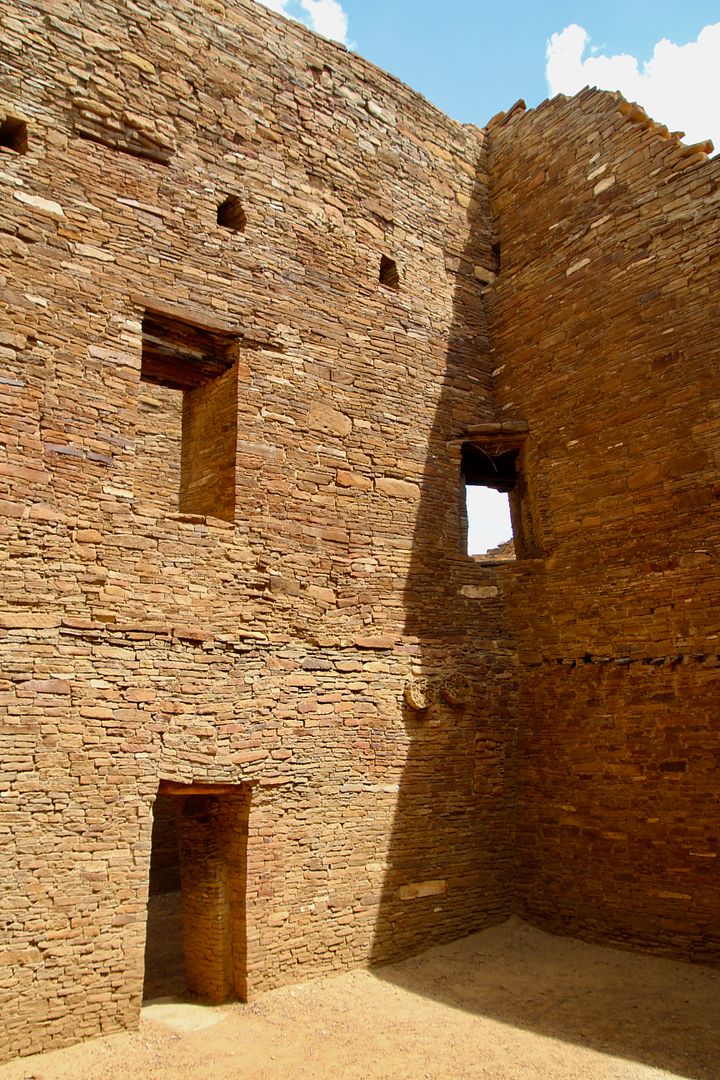
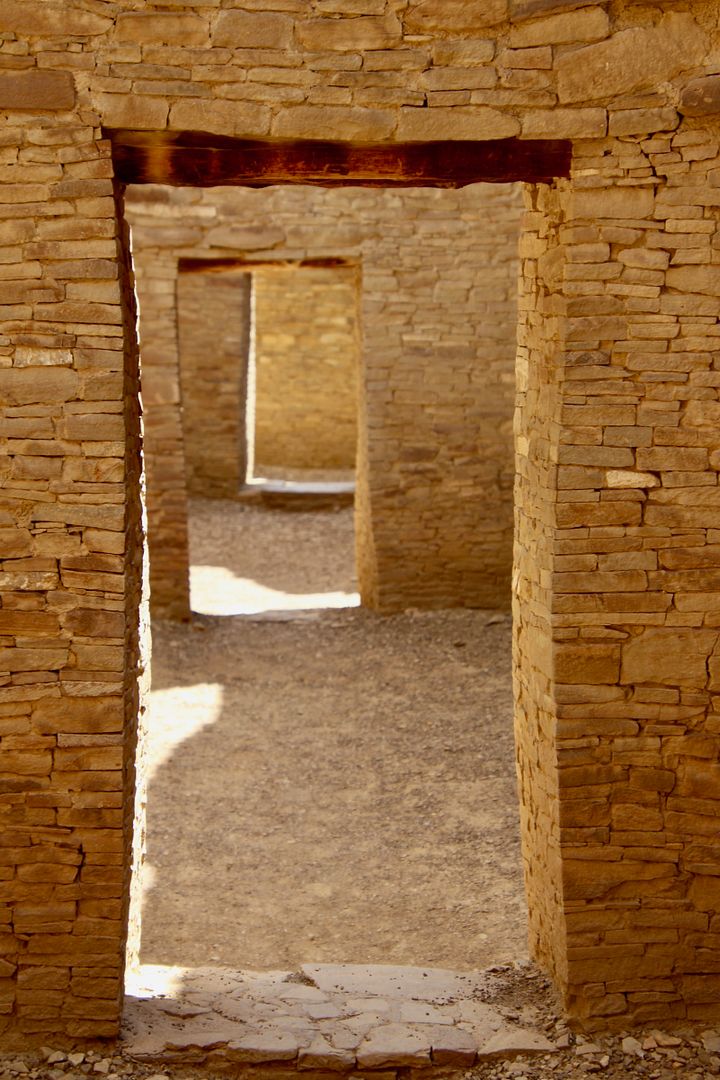
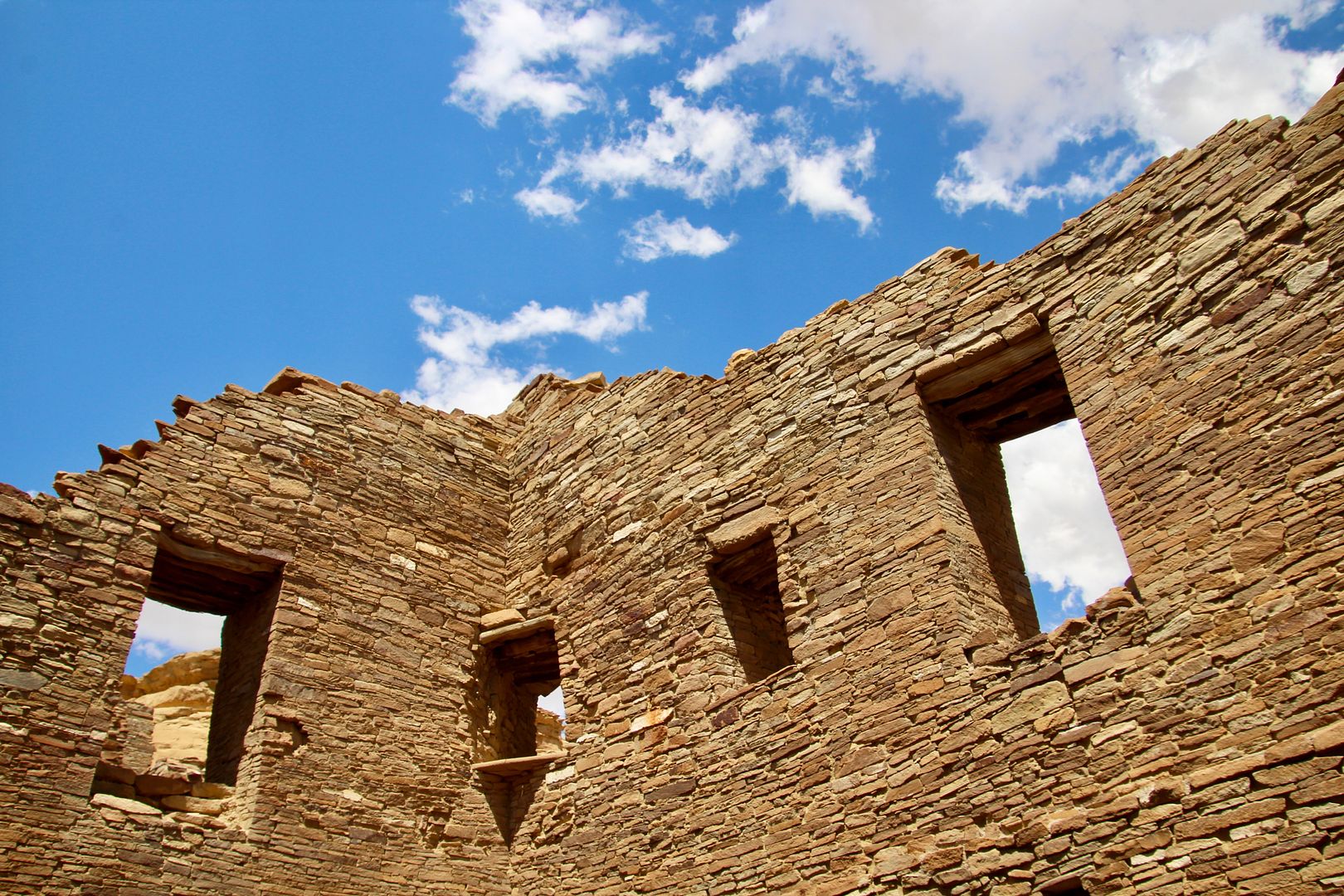
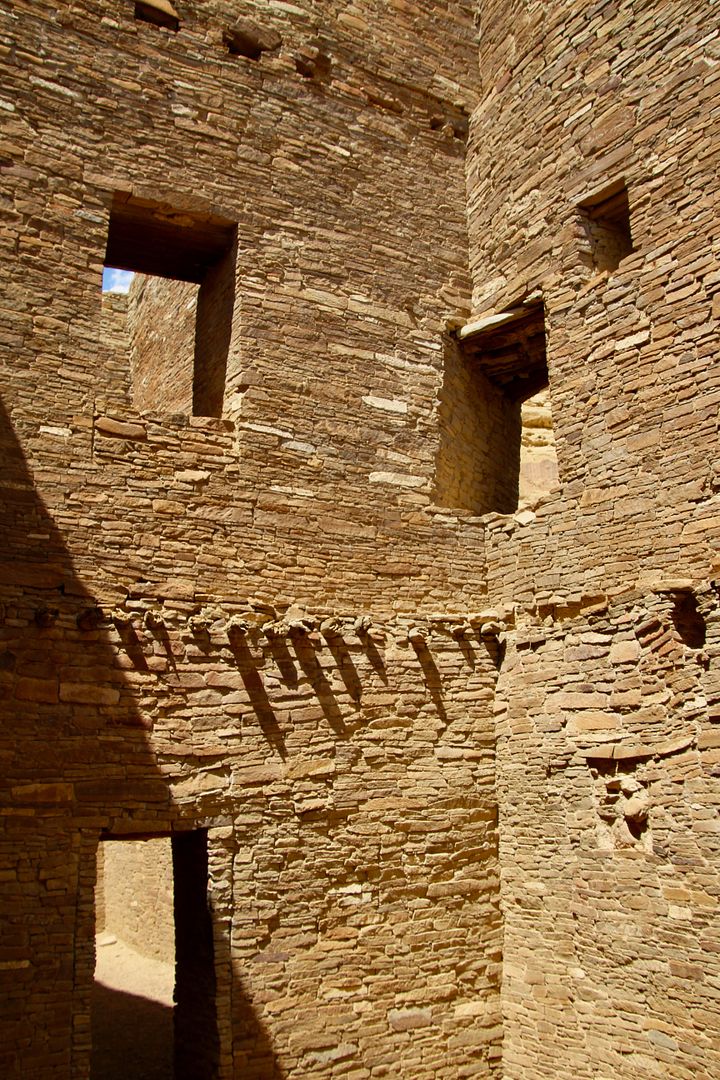
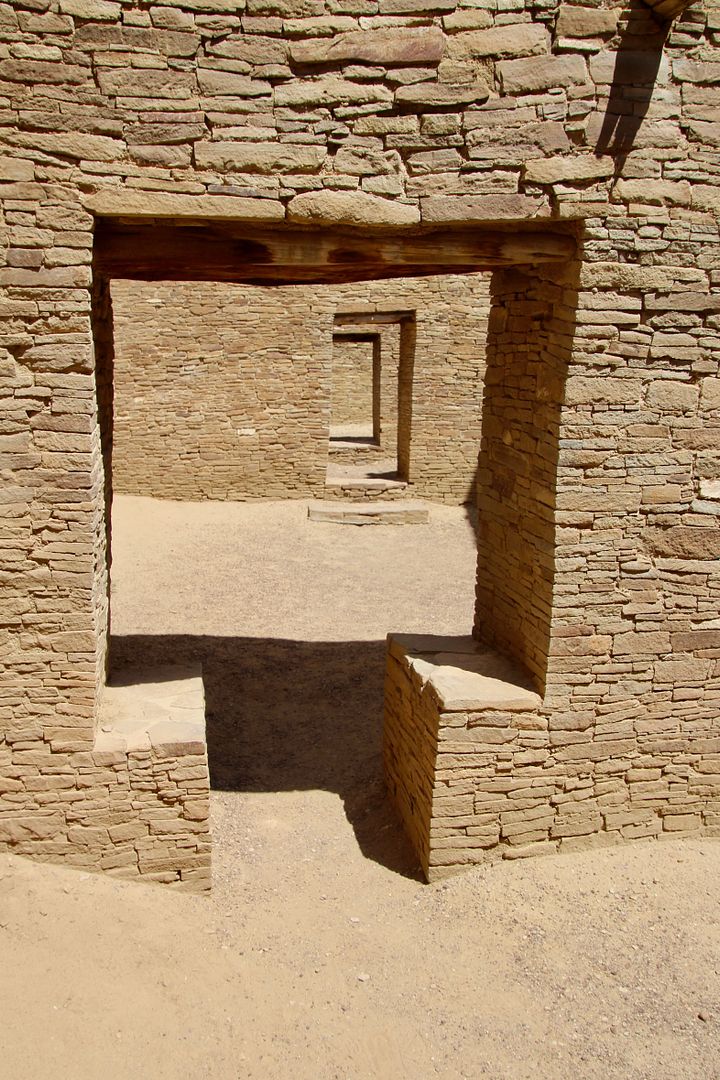
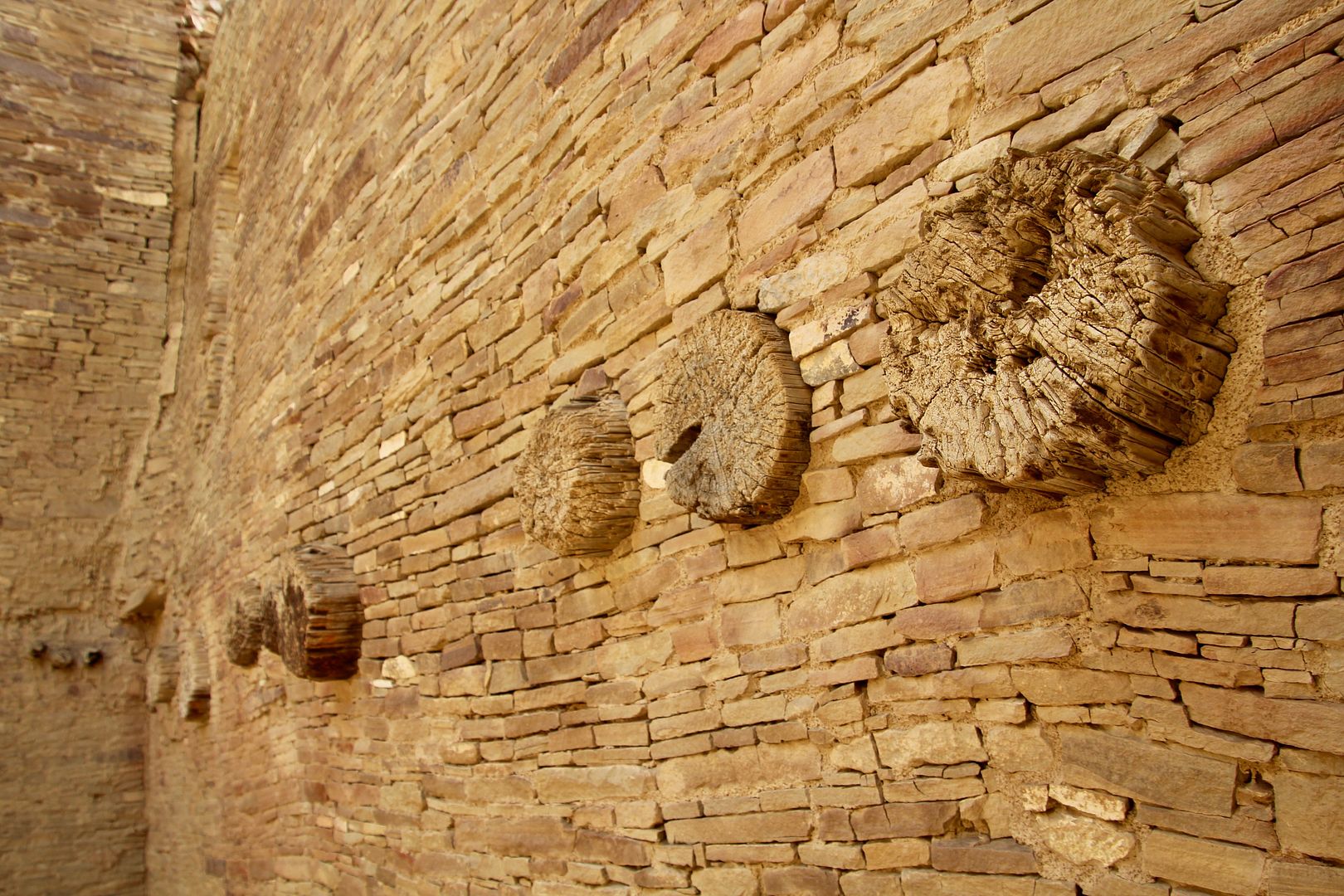
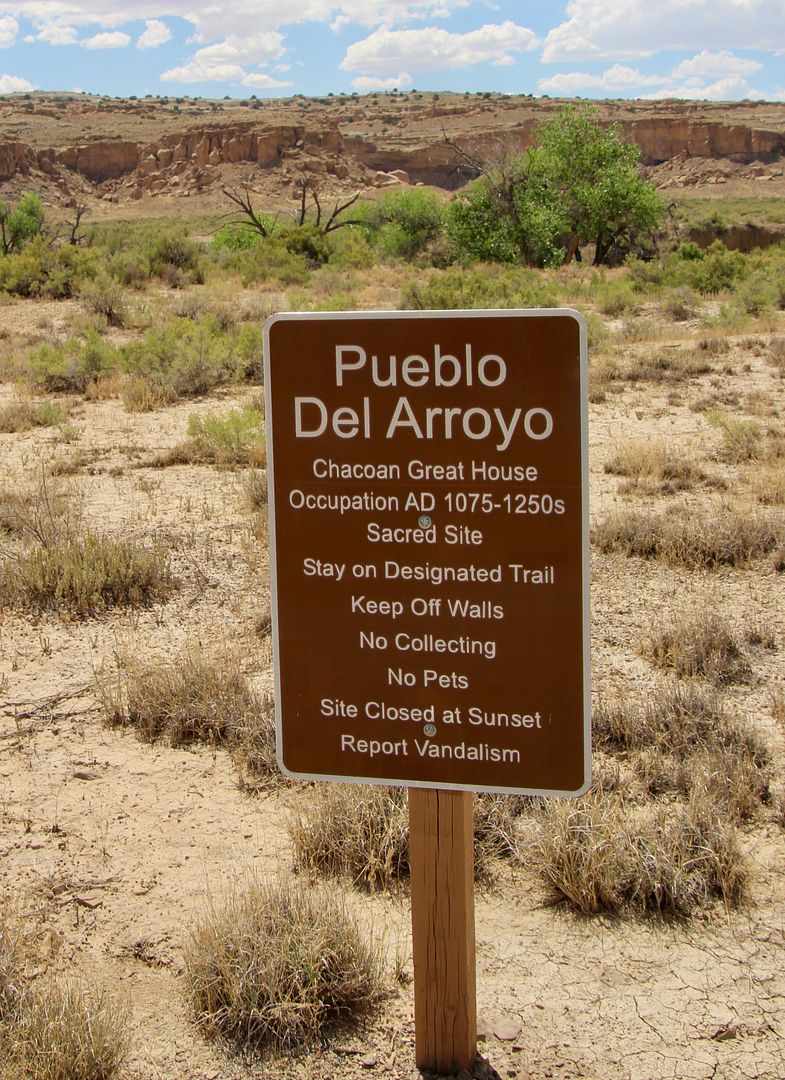
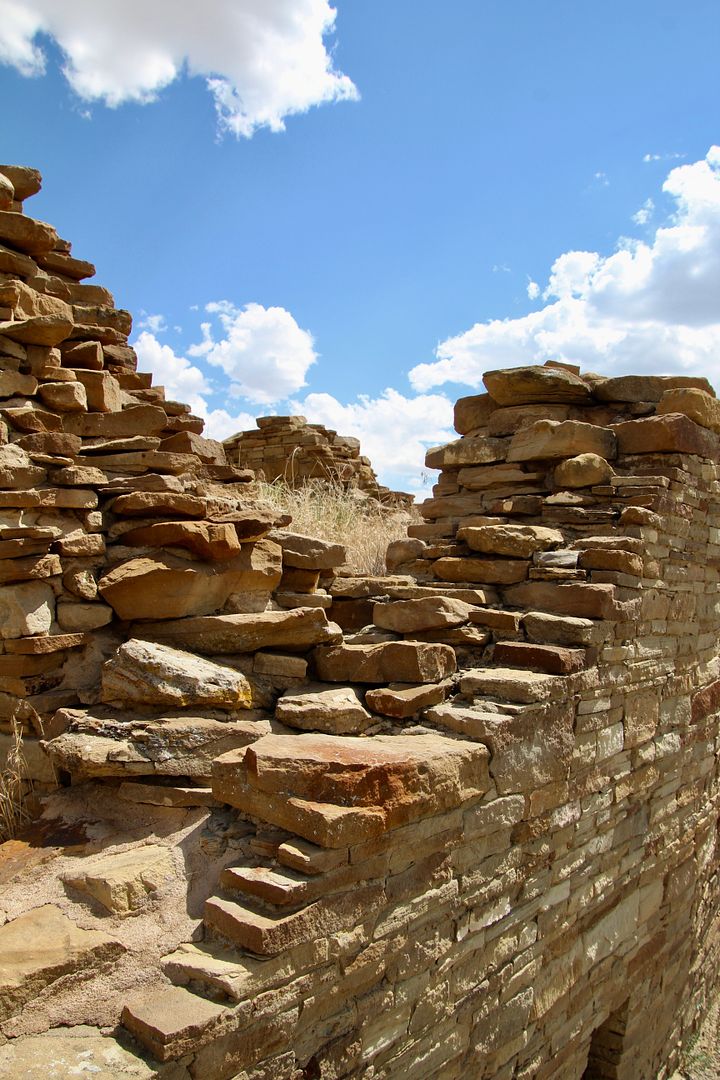

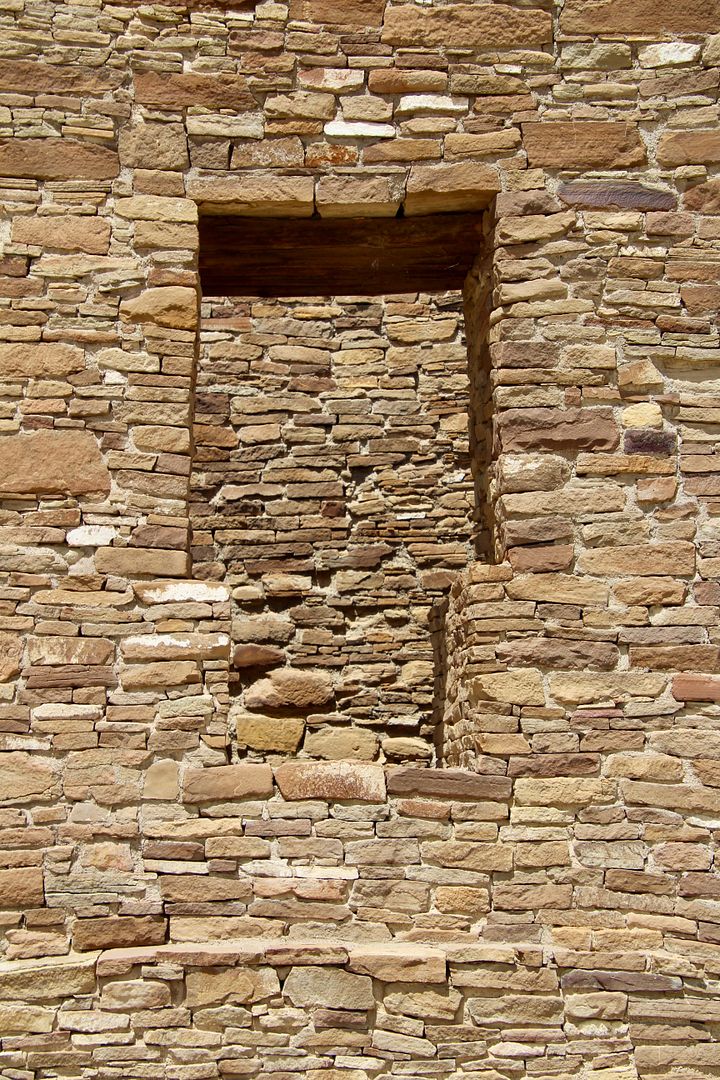
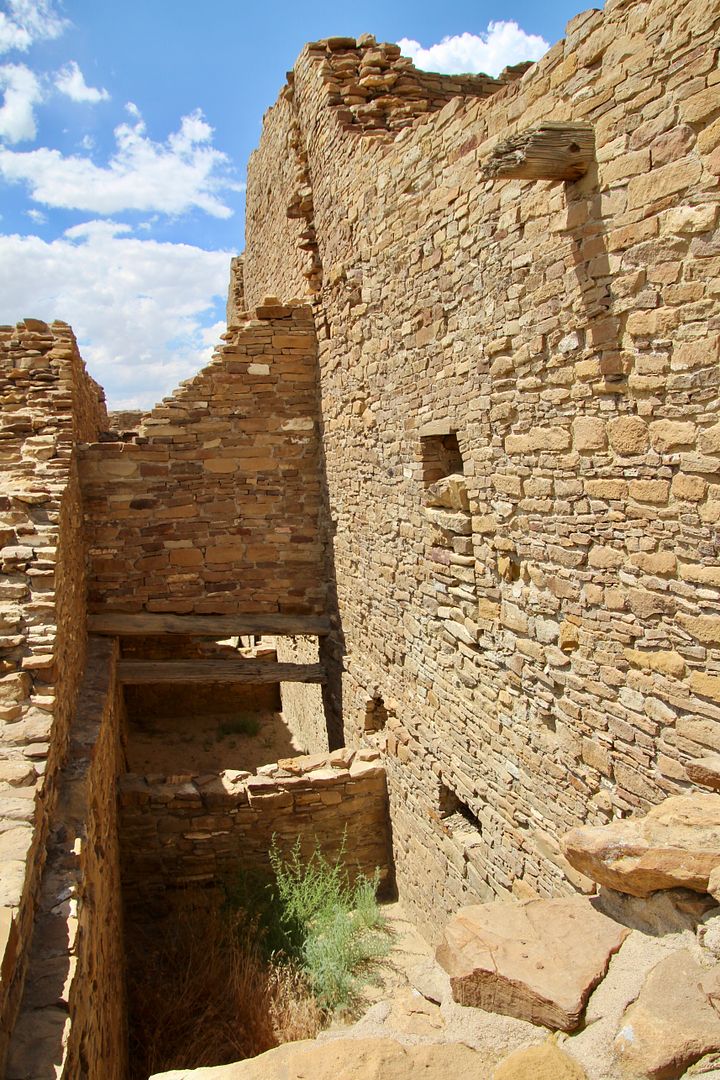
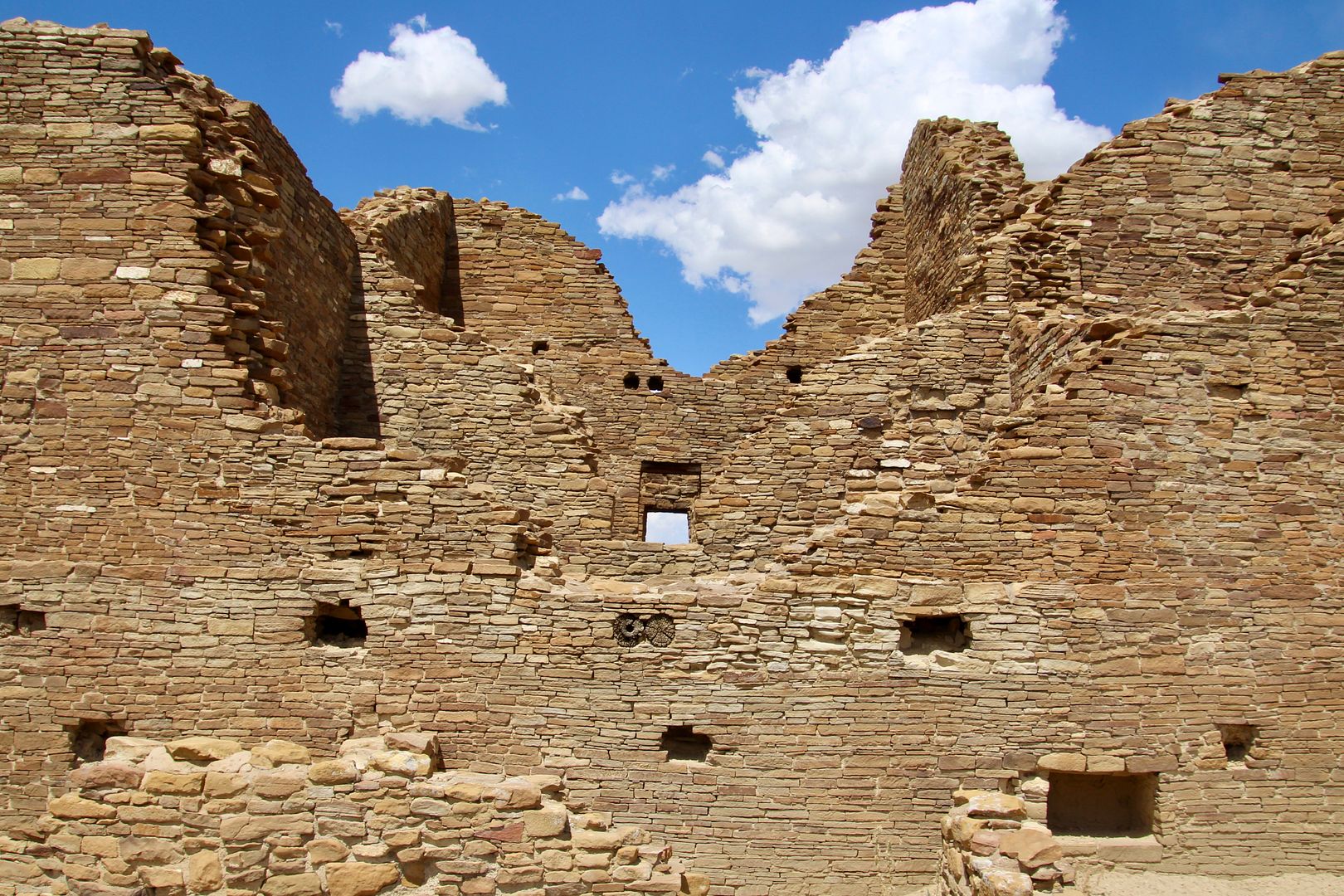
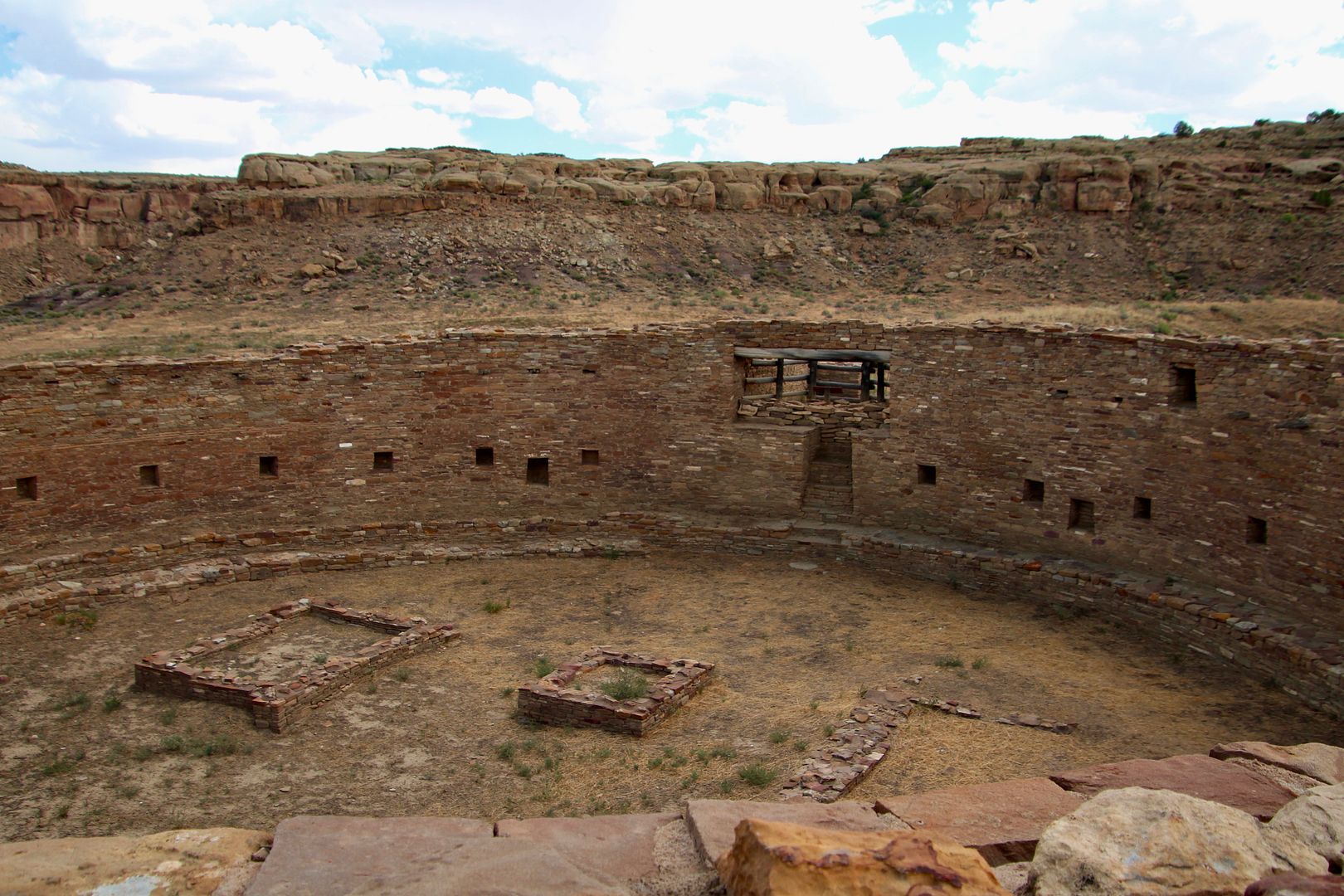
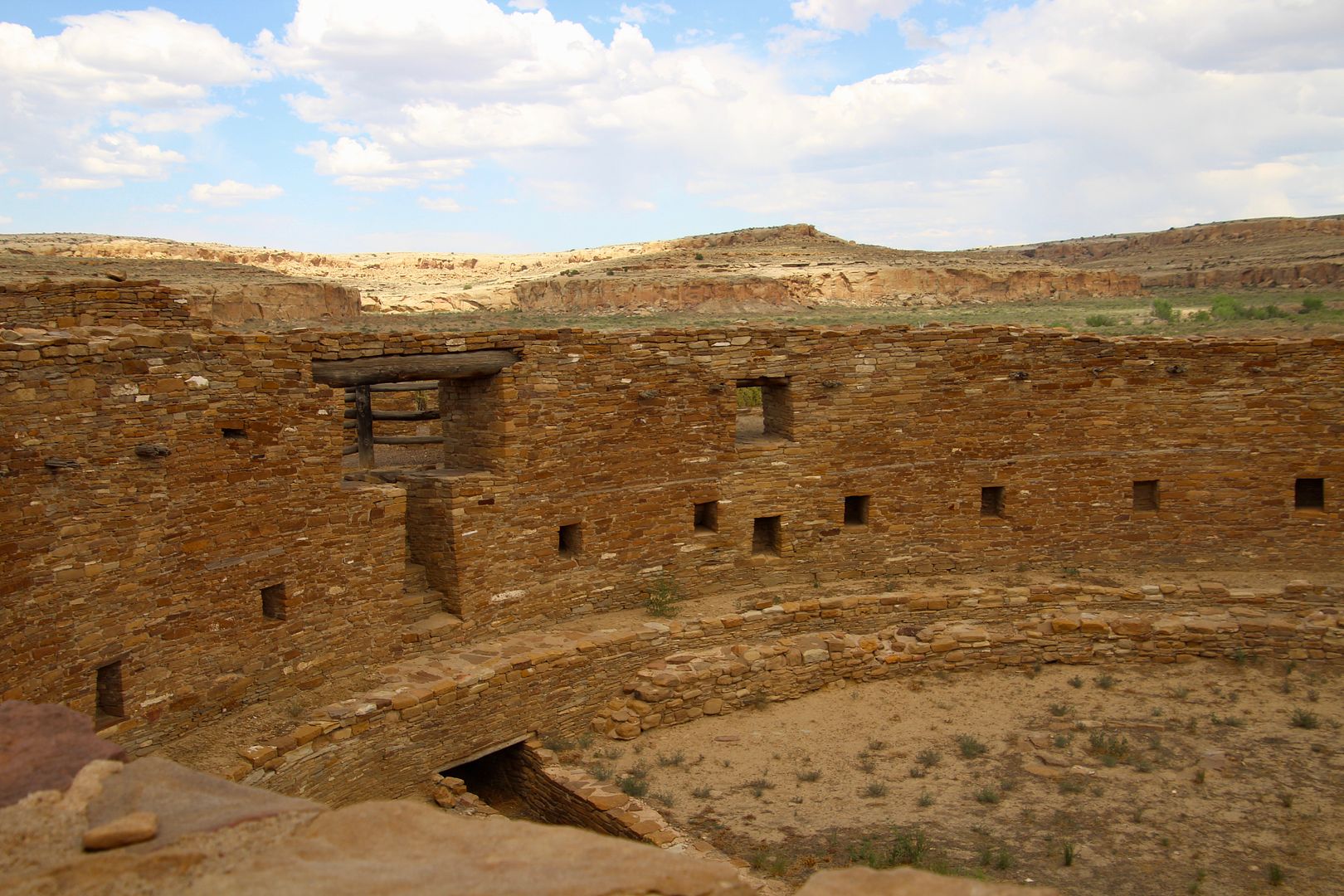
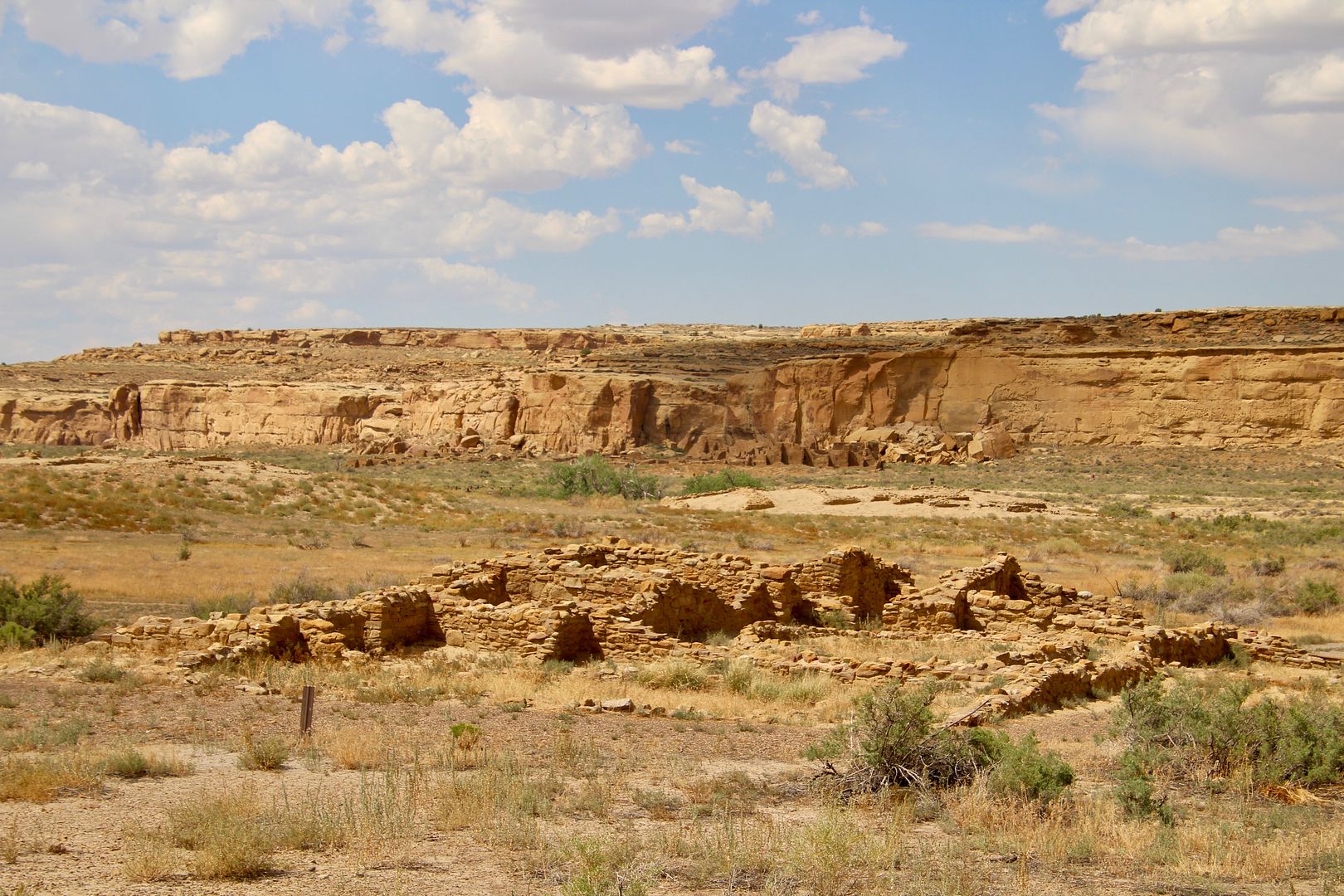

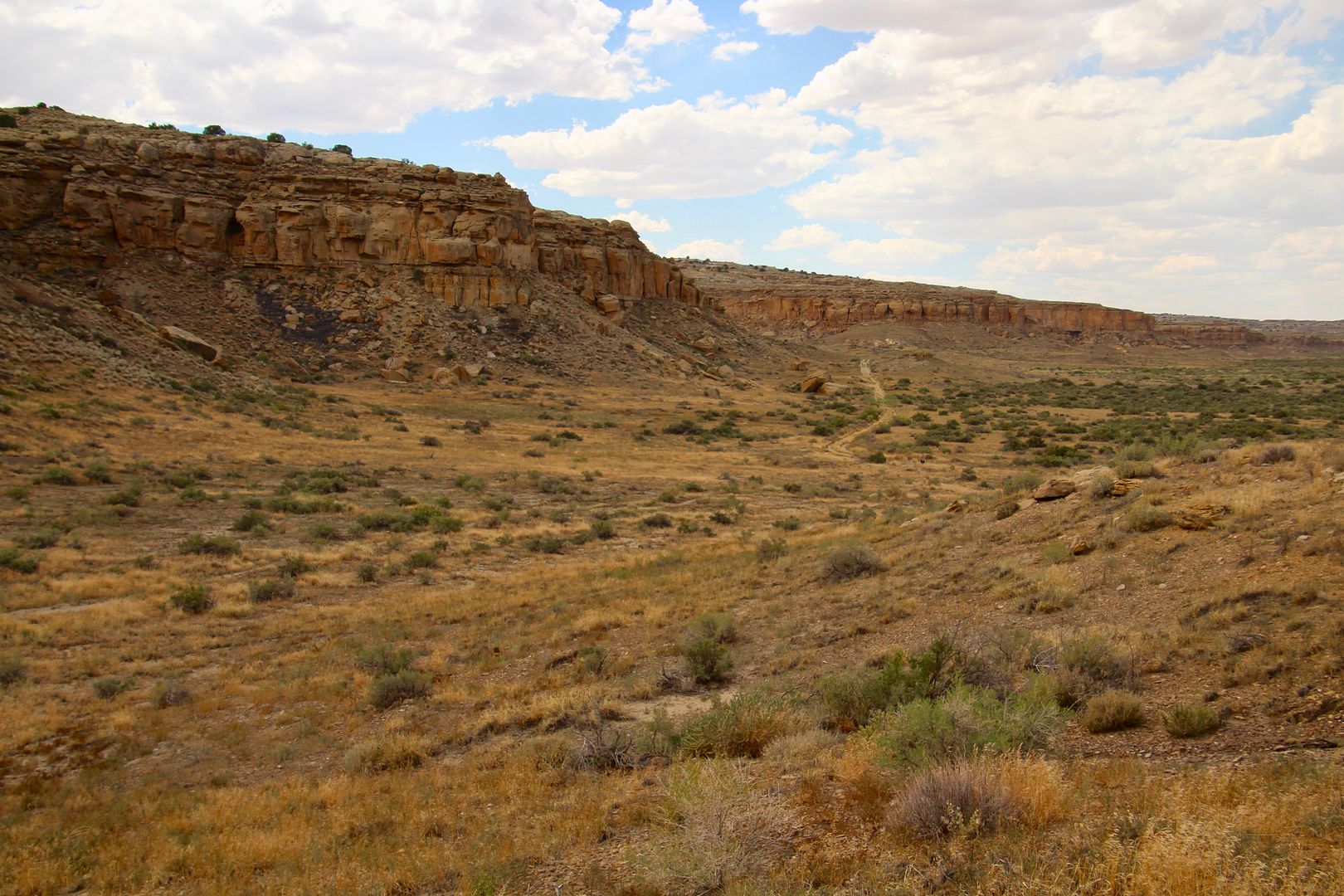
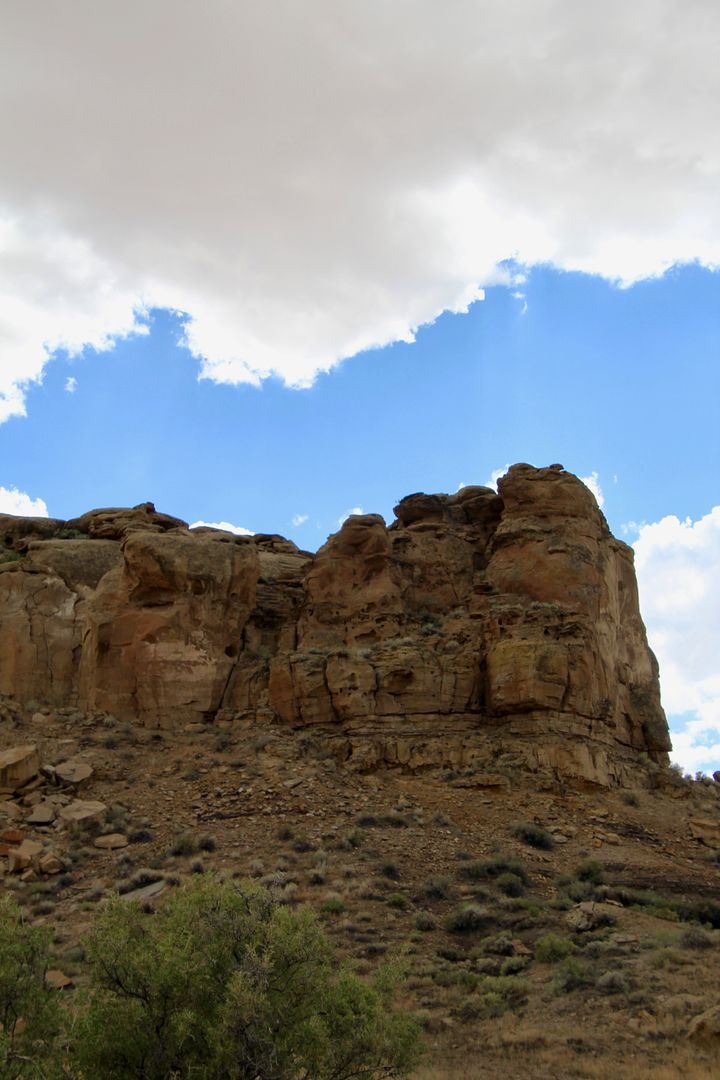

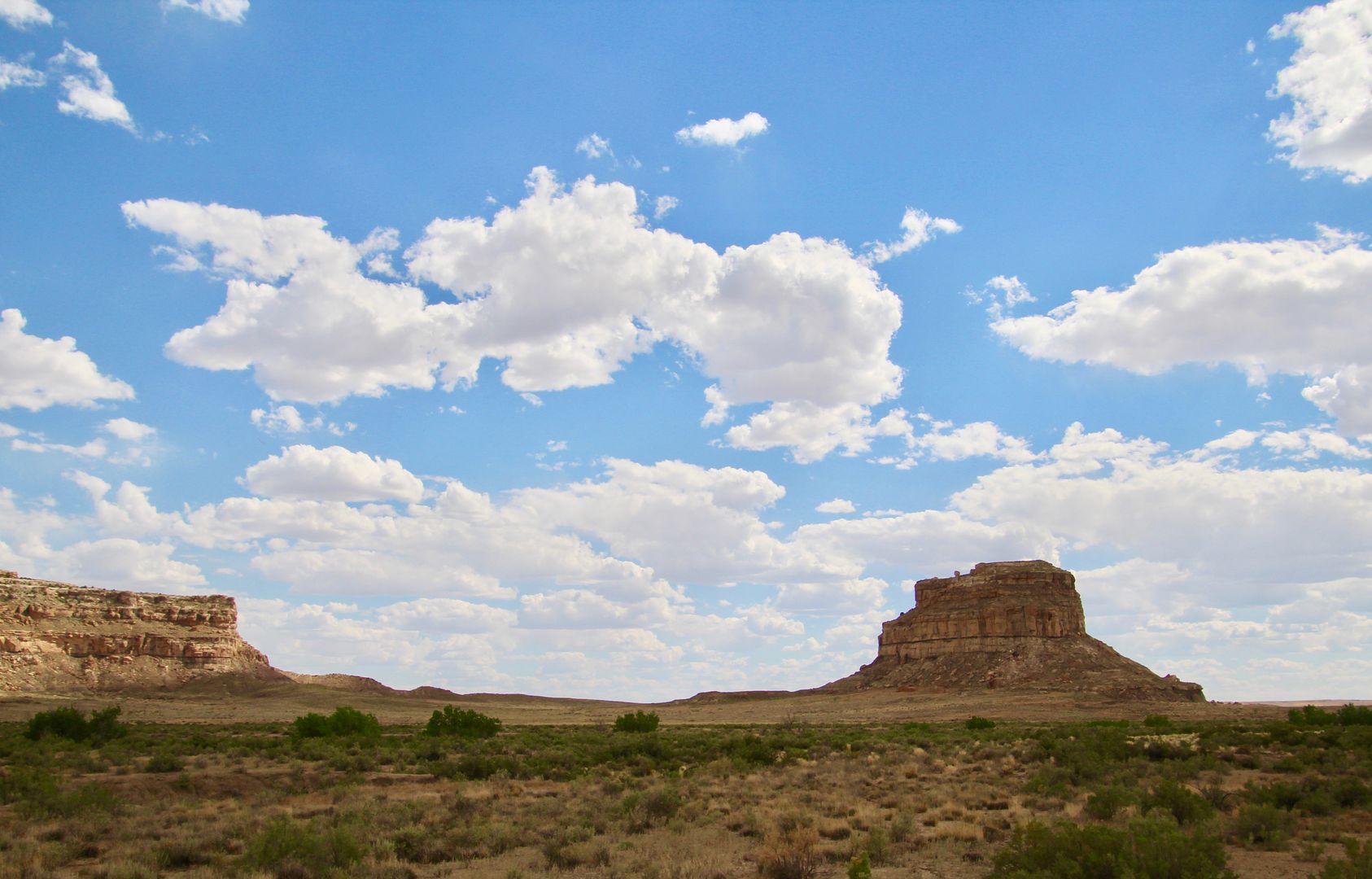
No comments:
Post a Comment